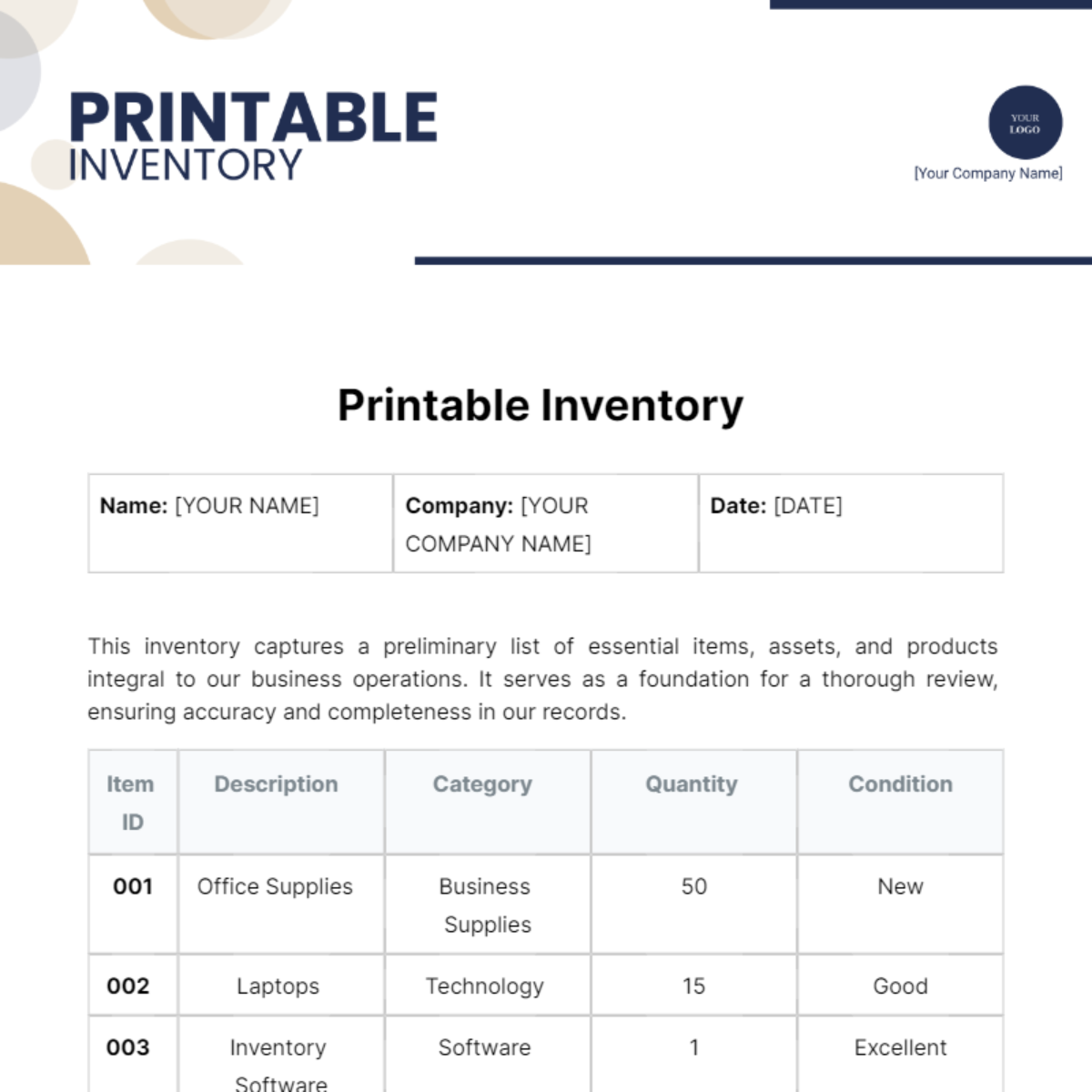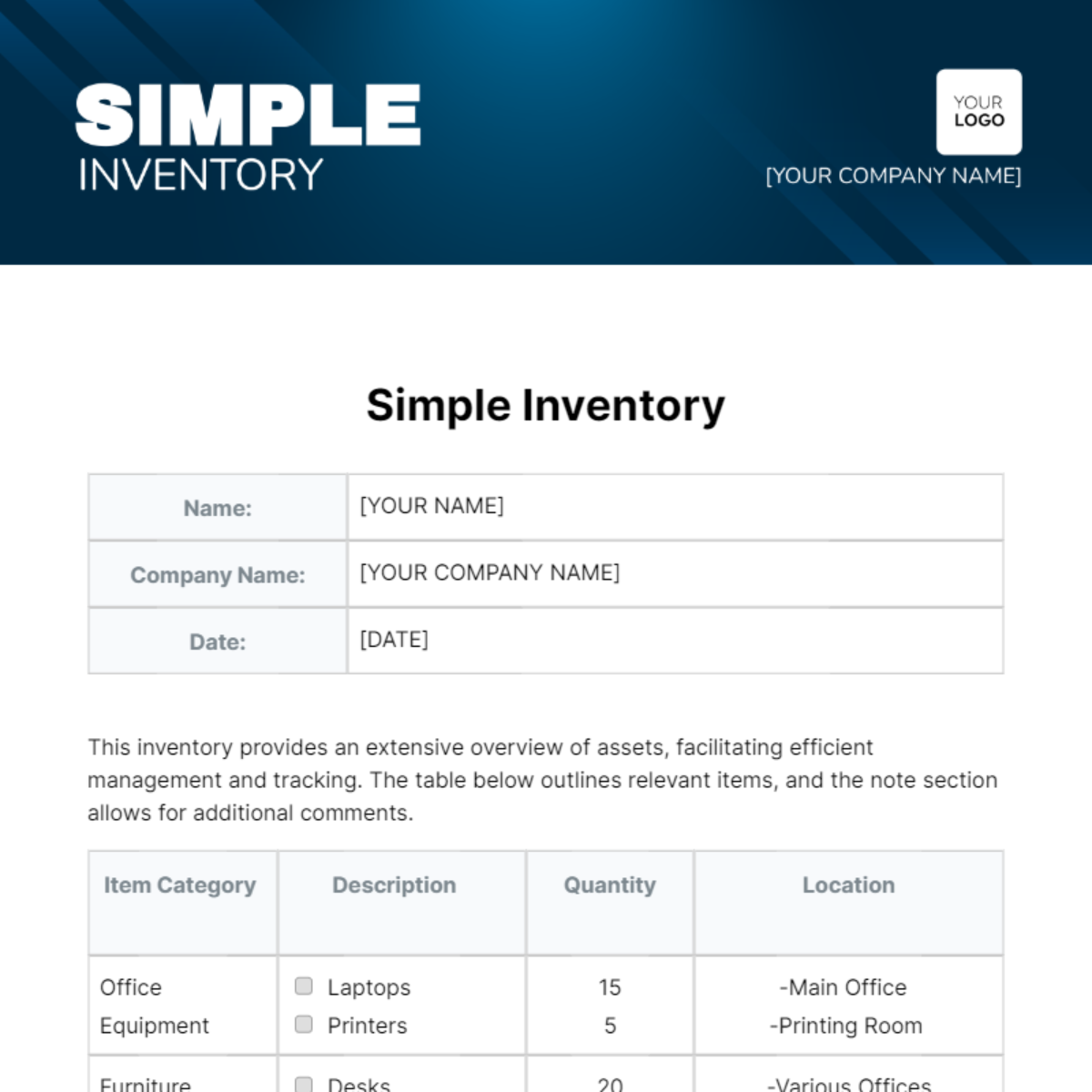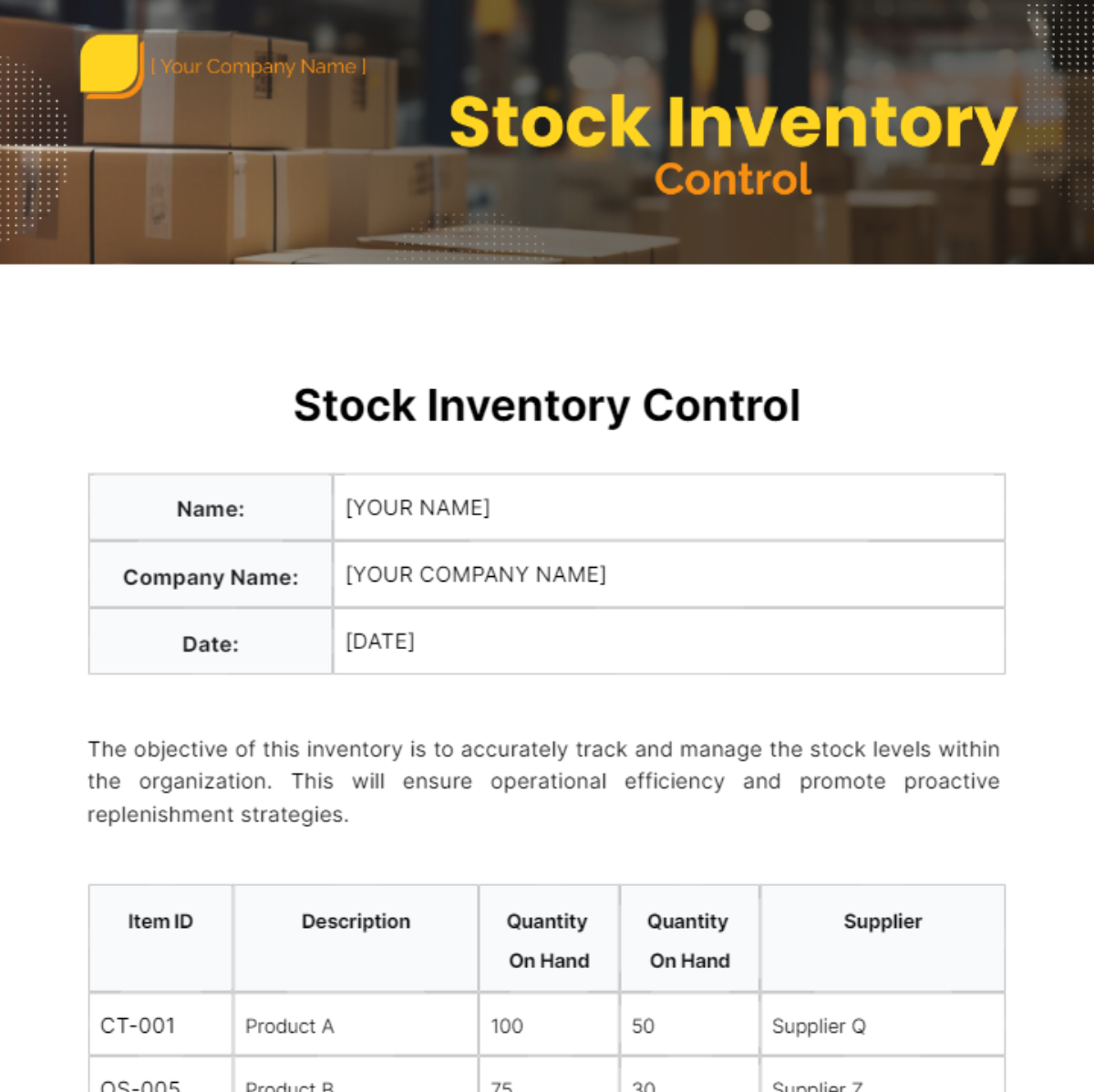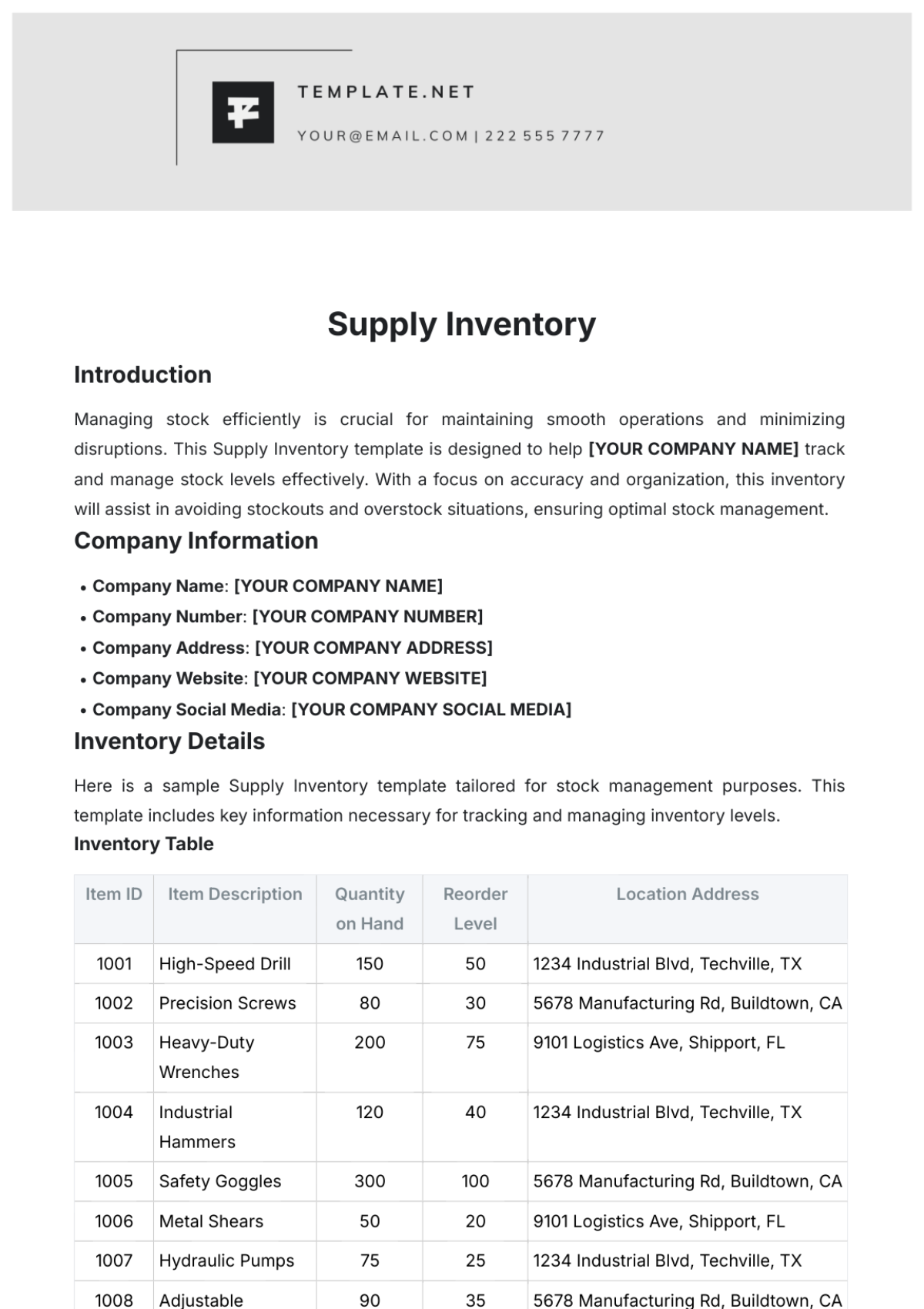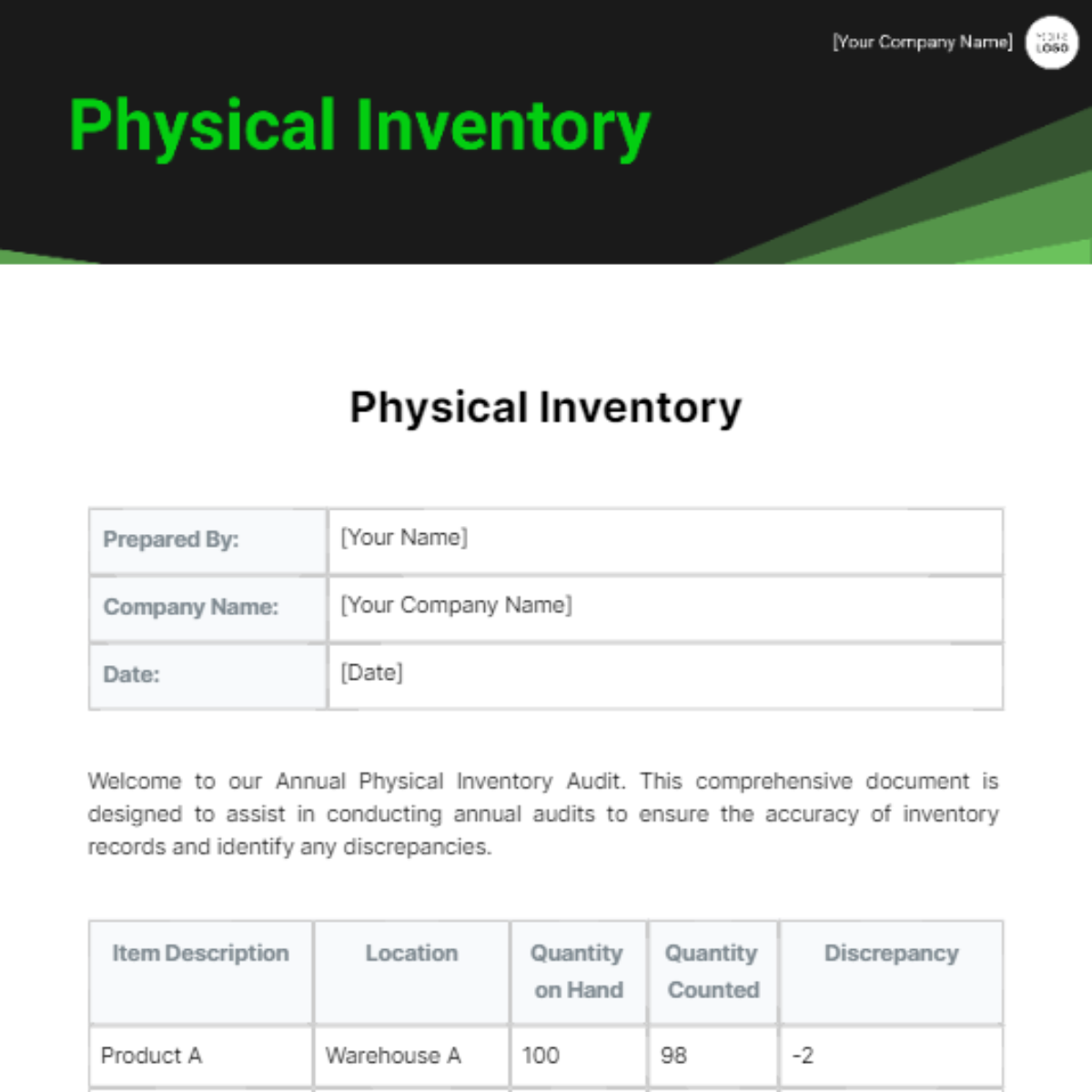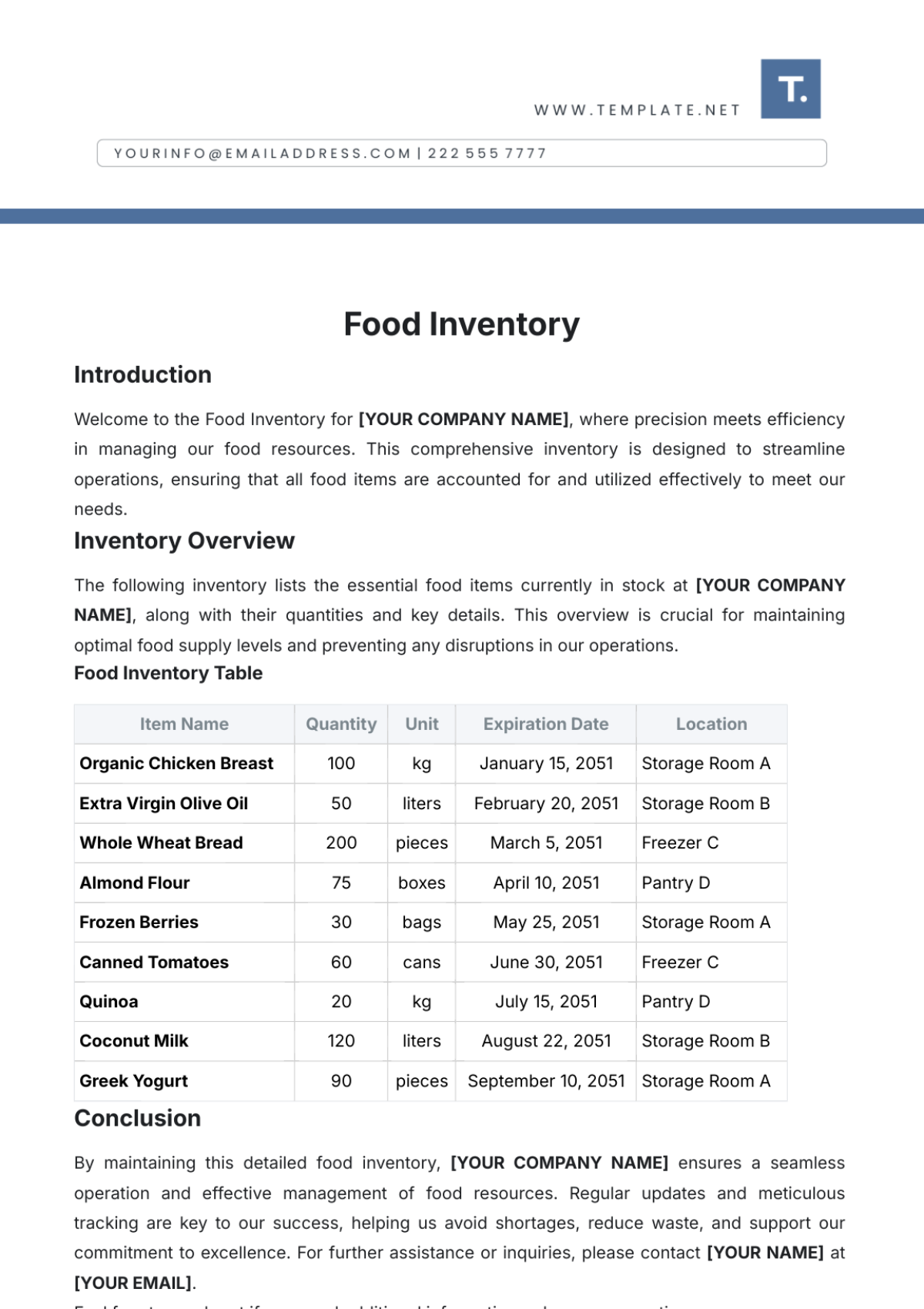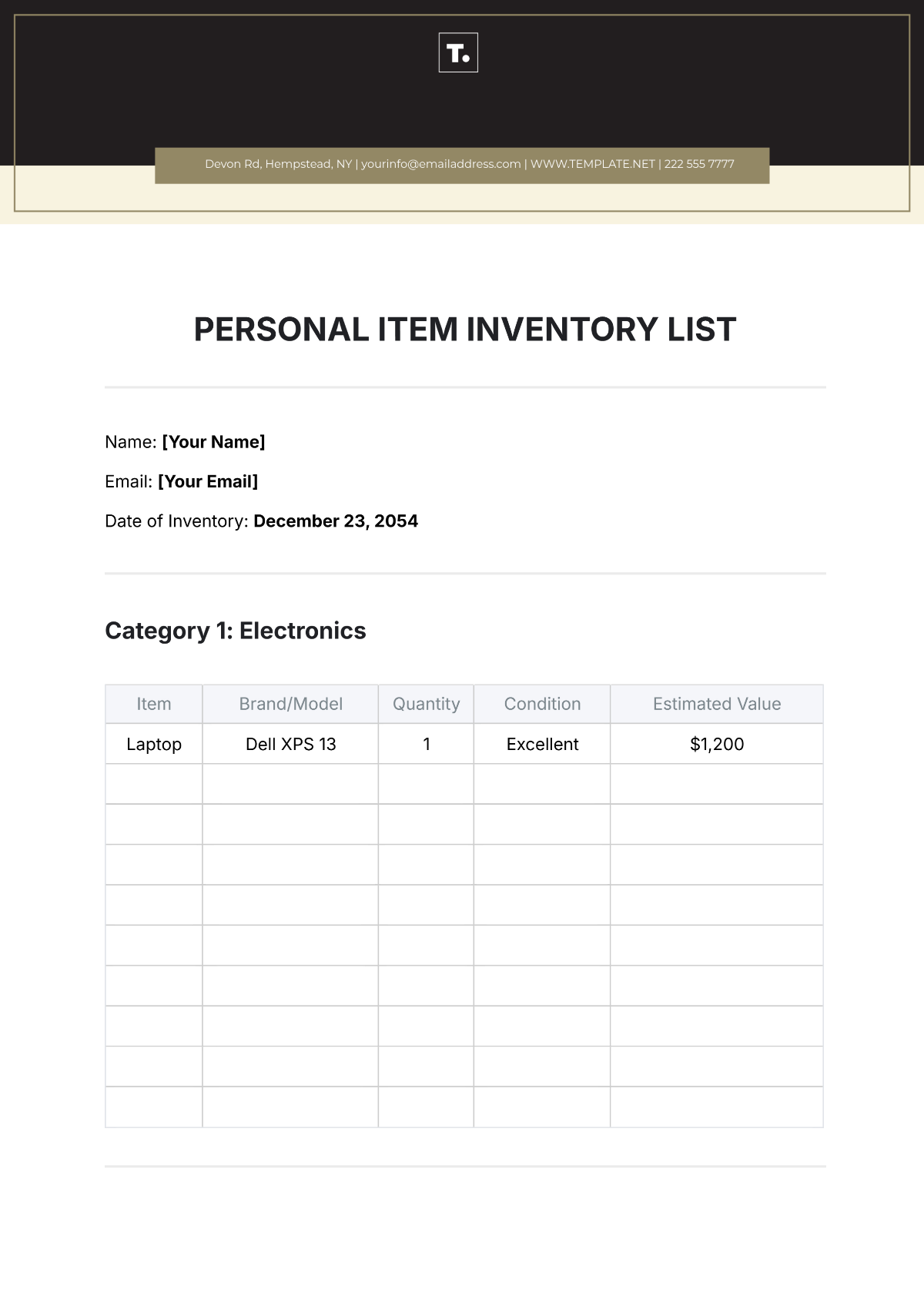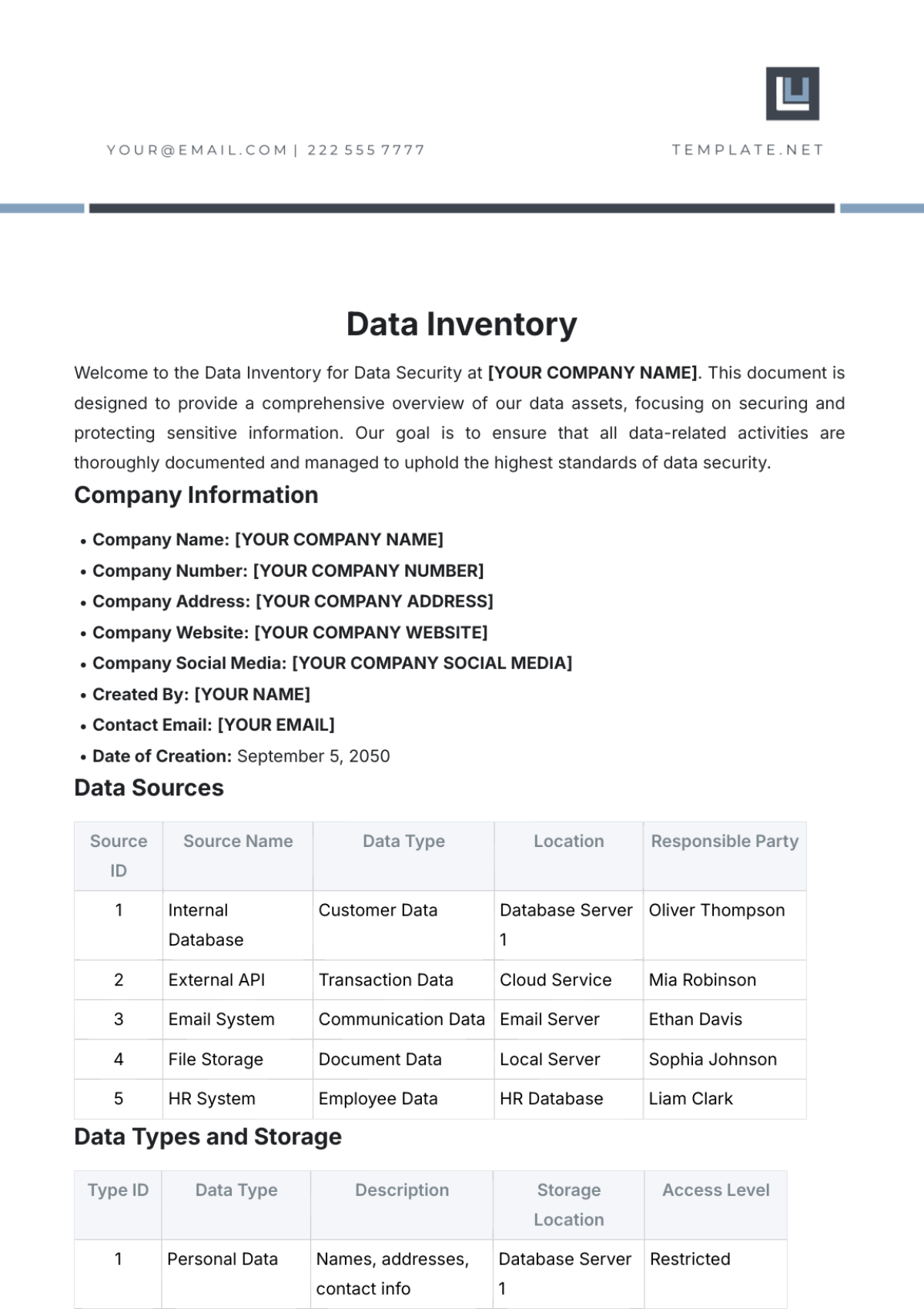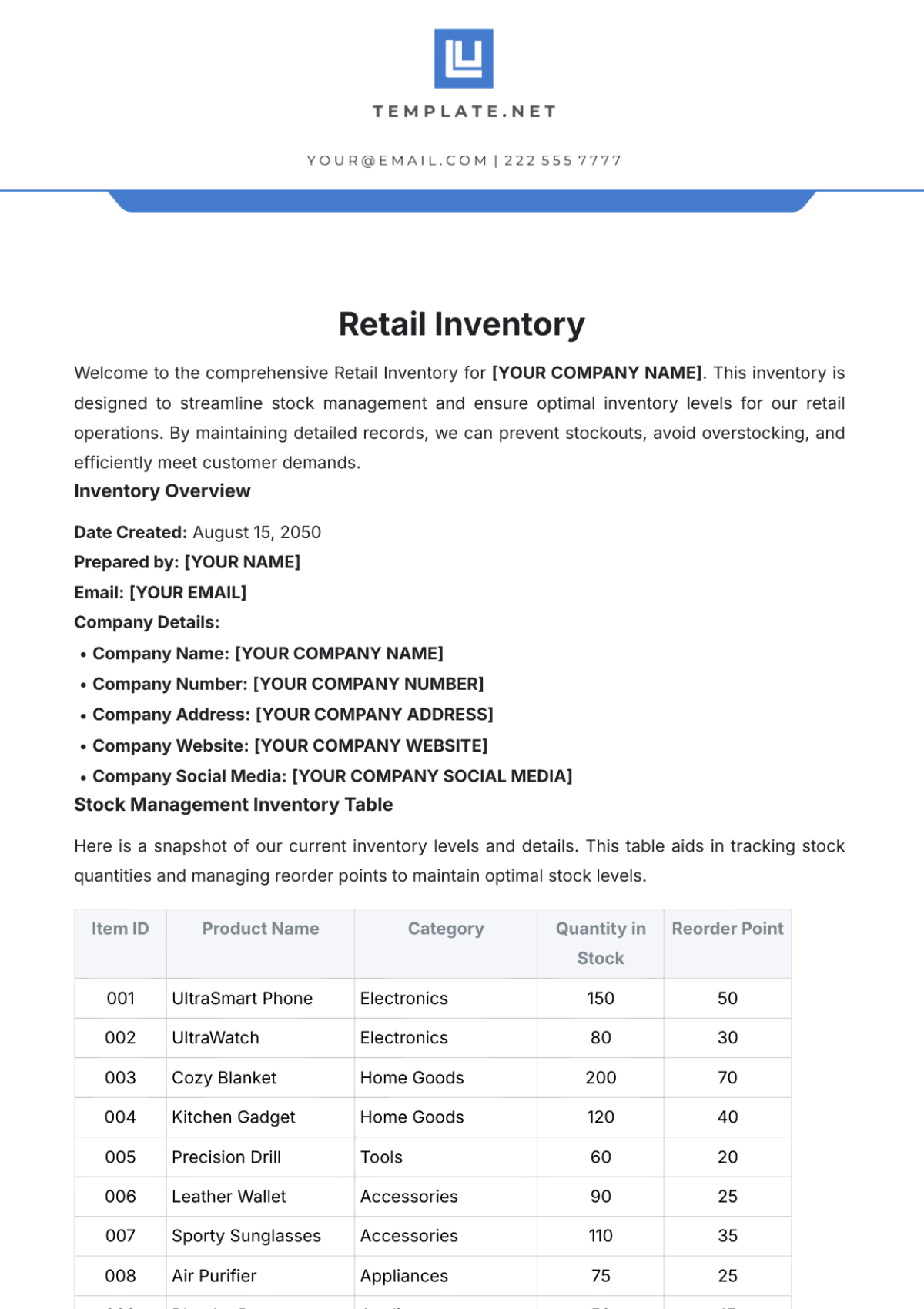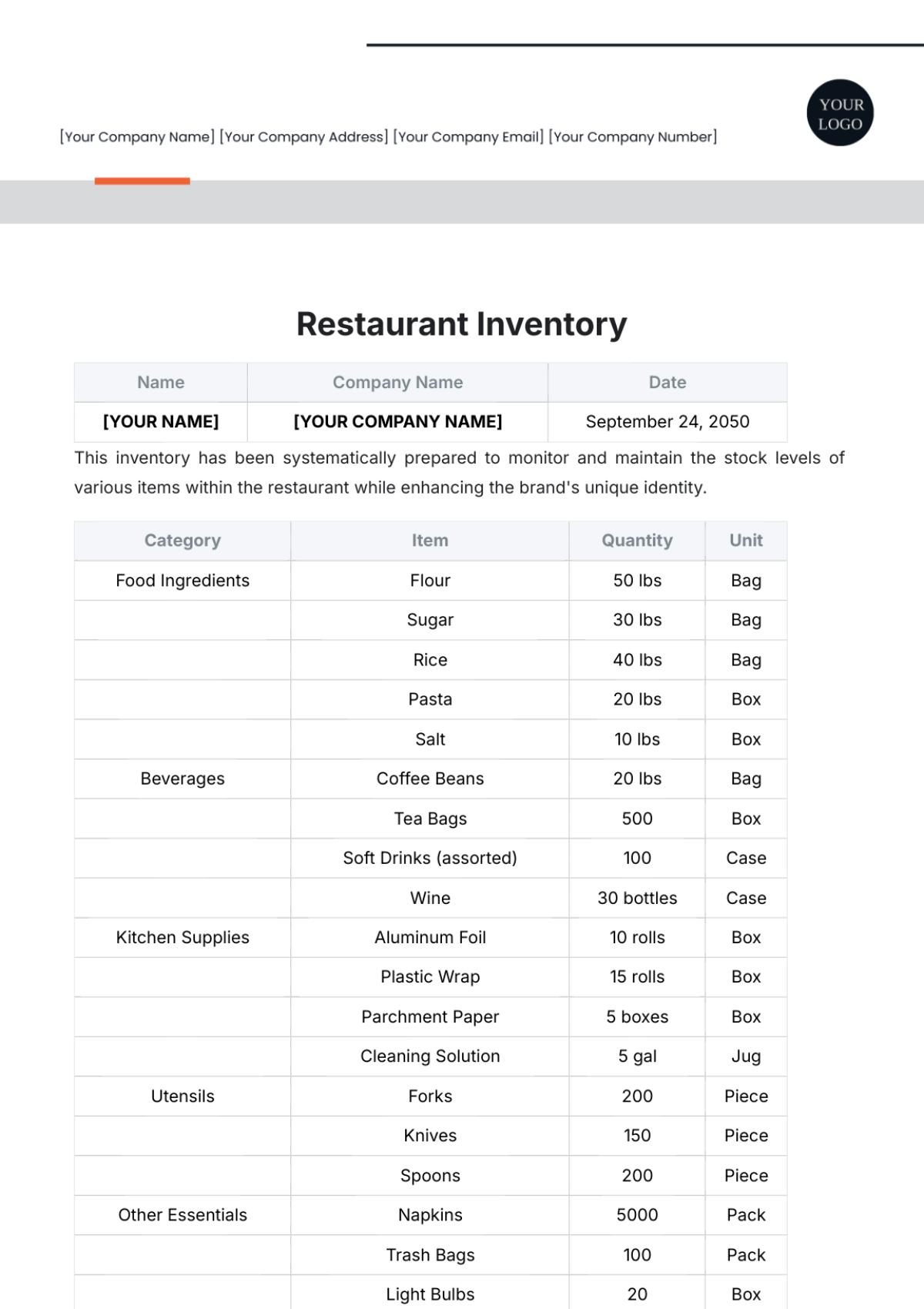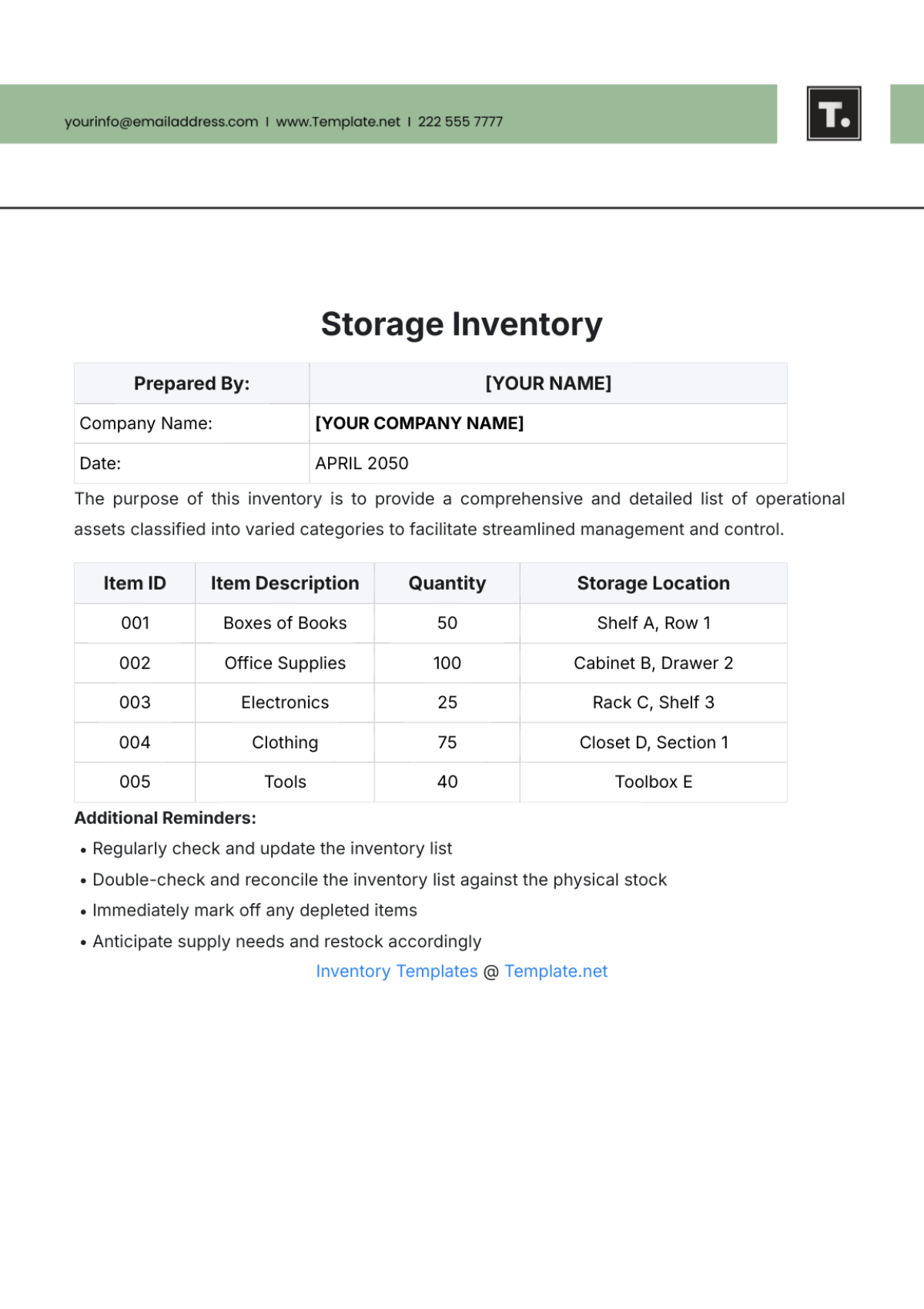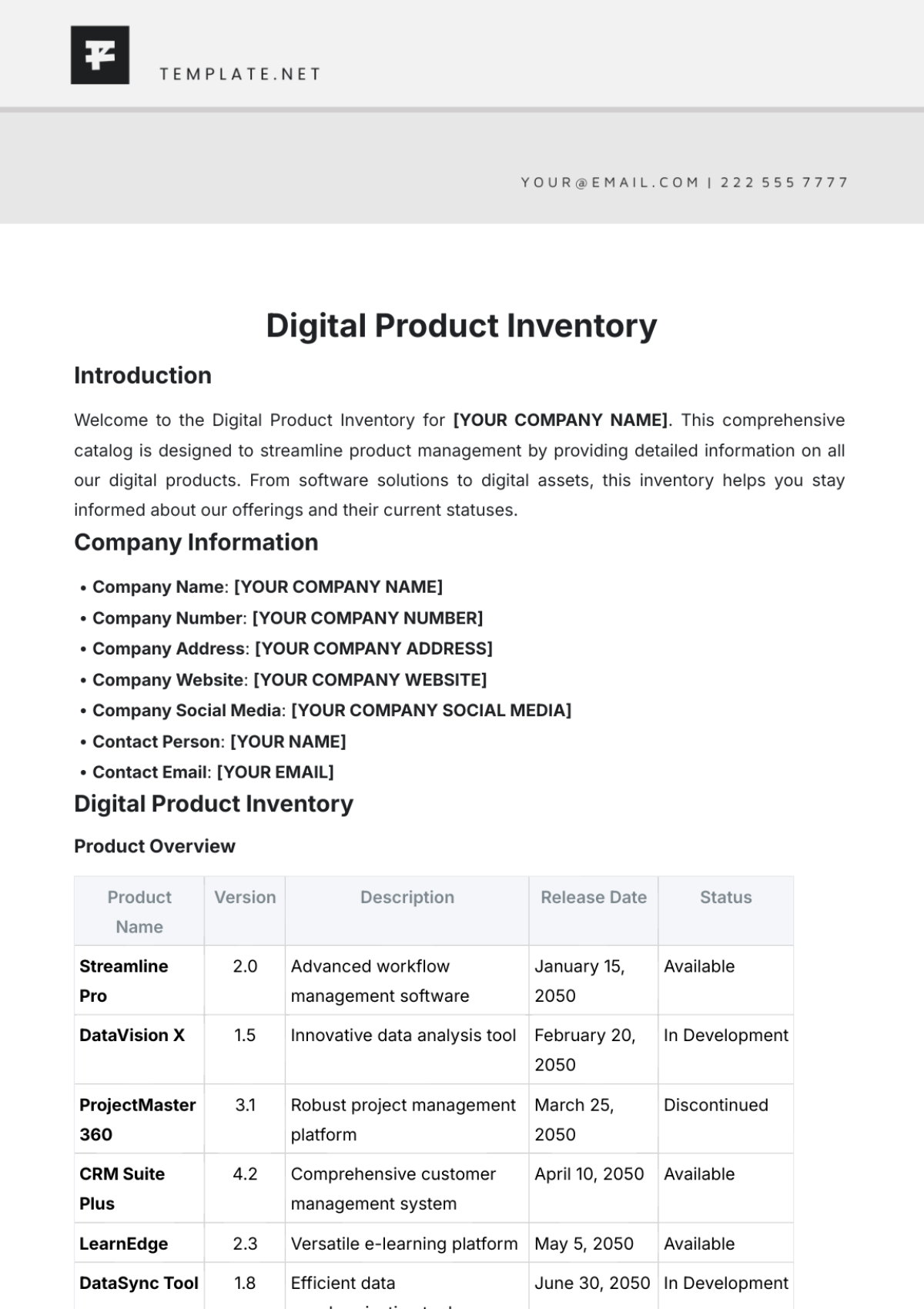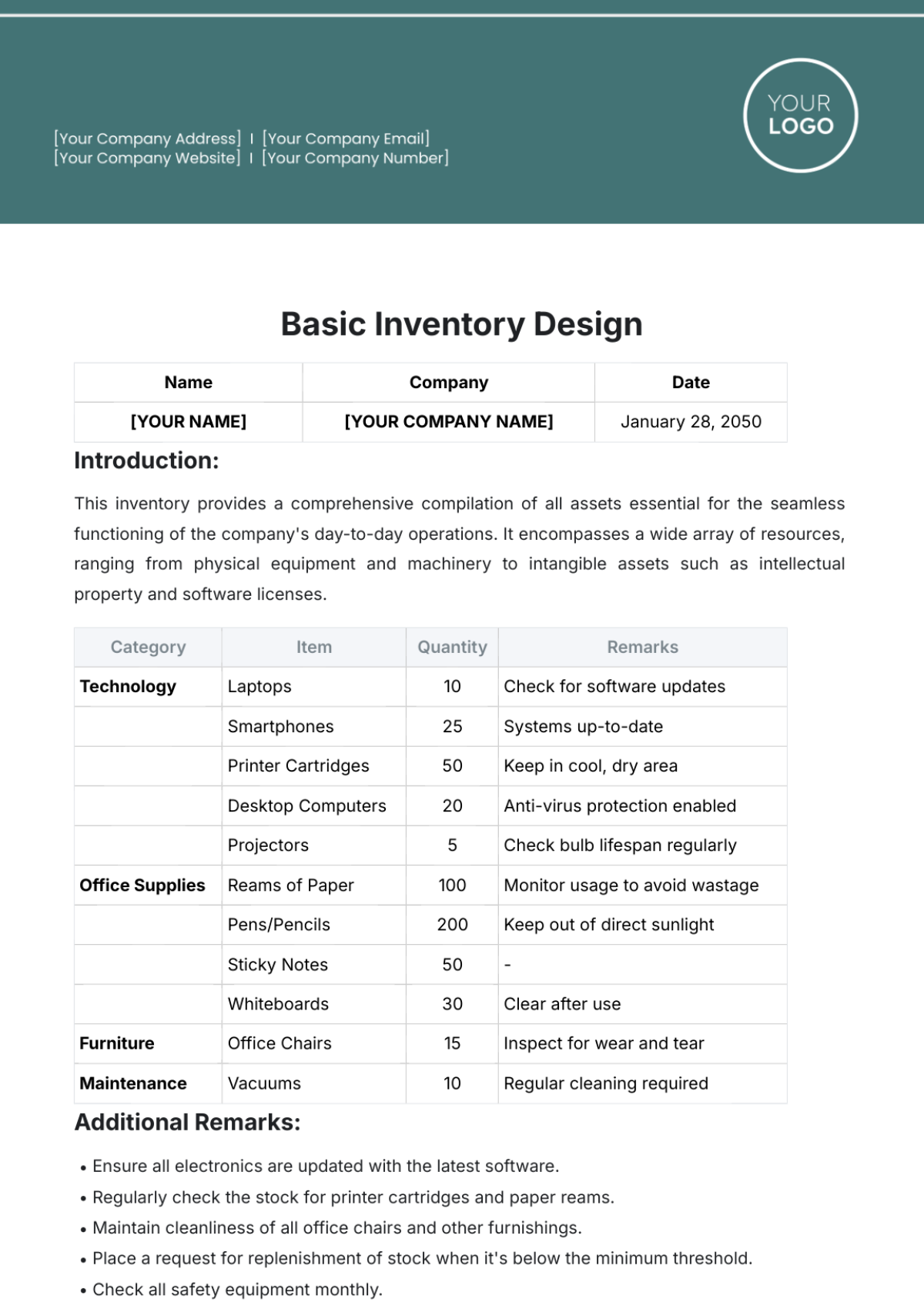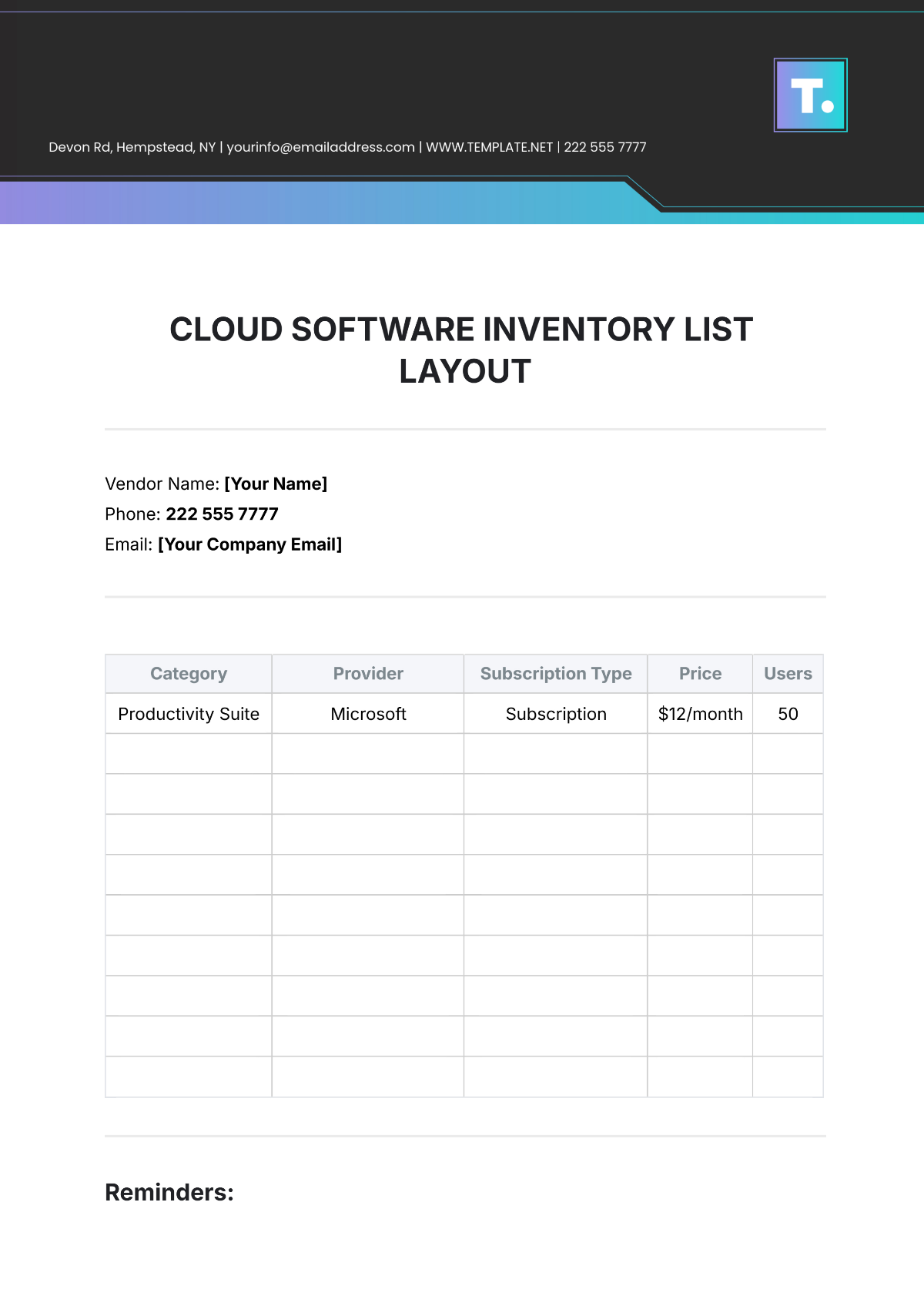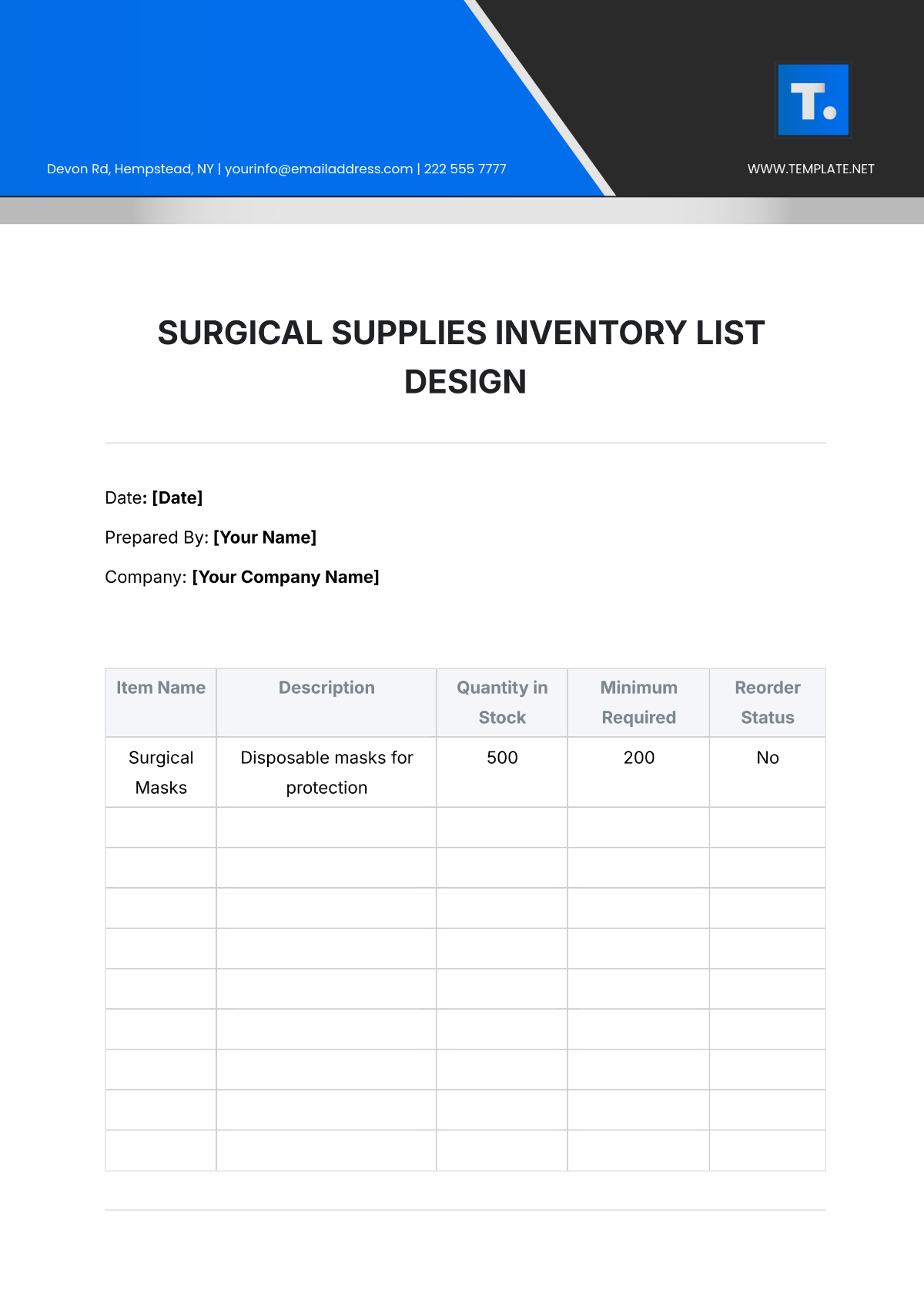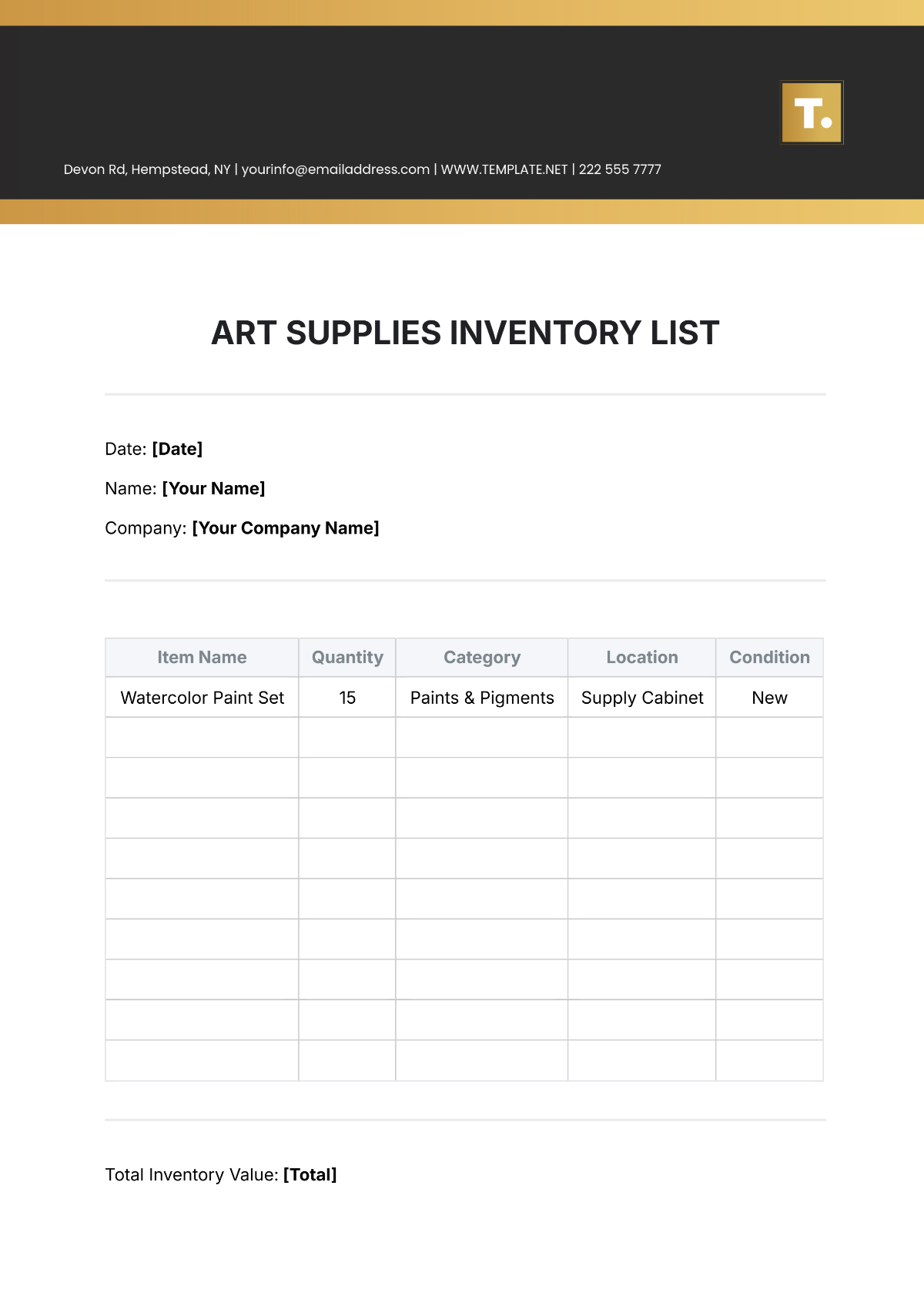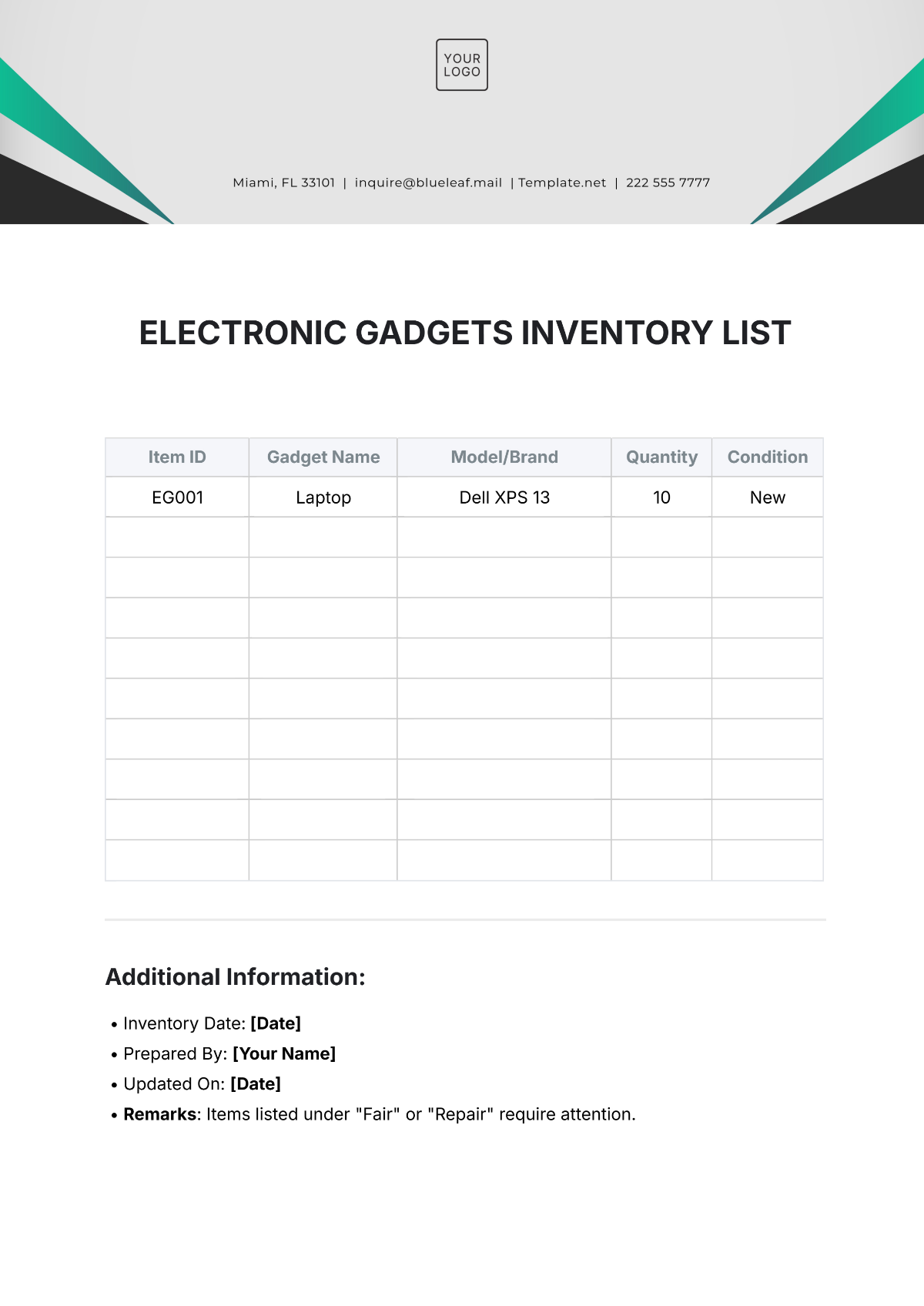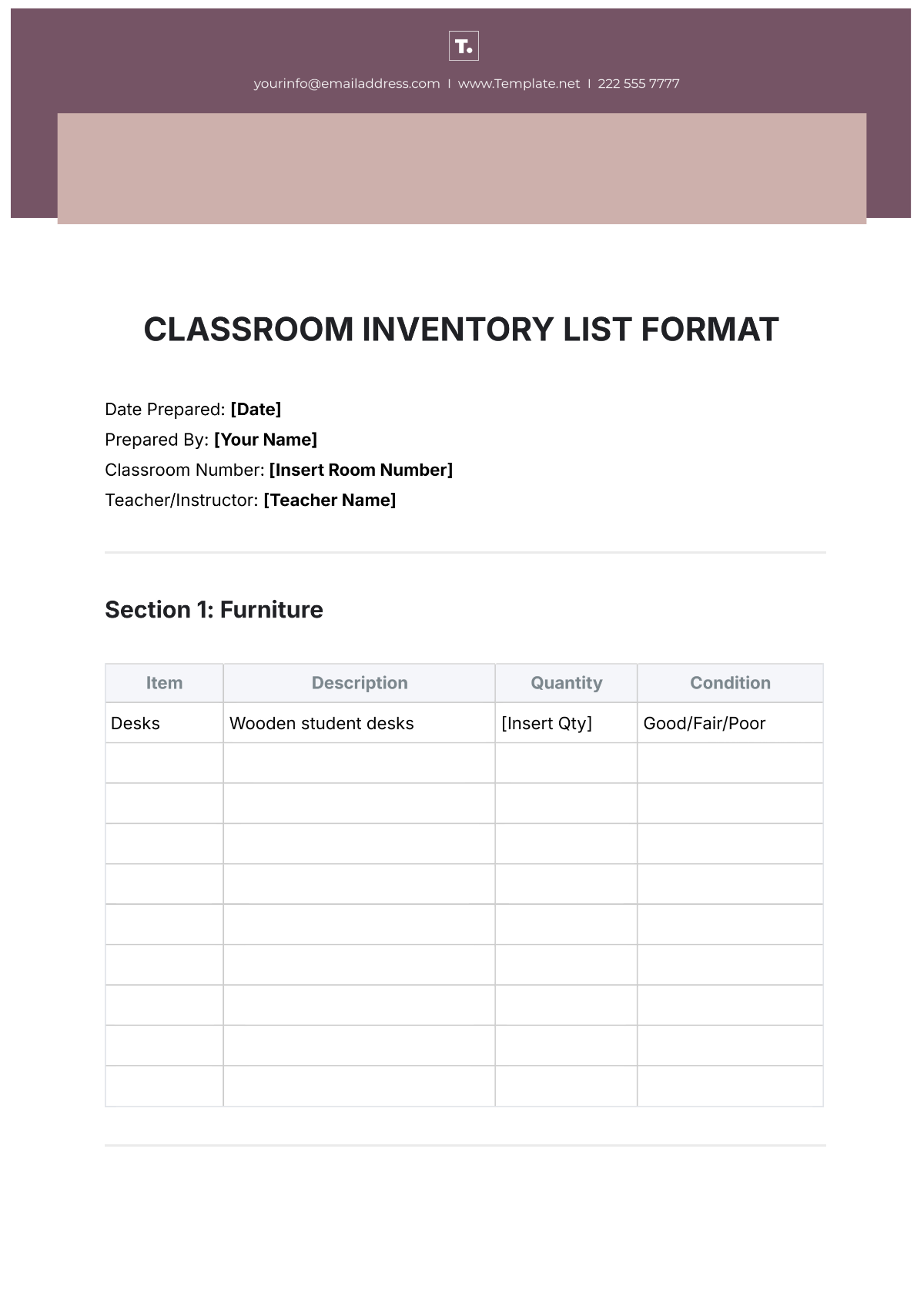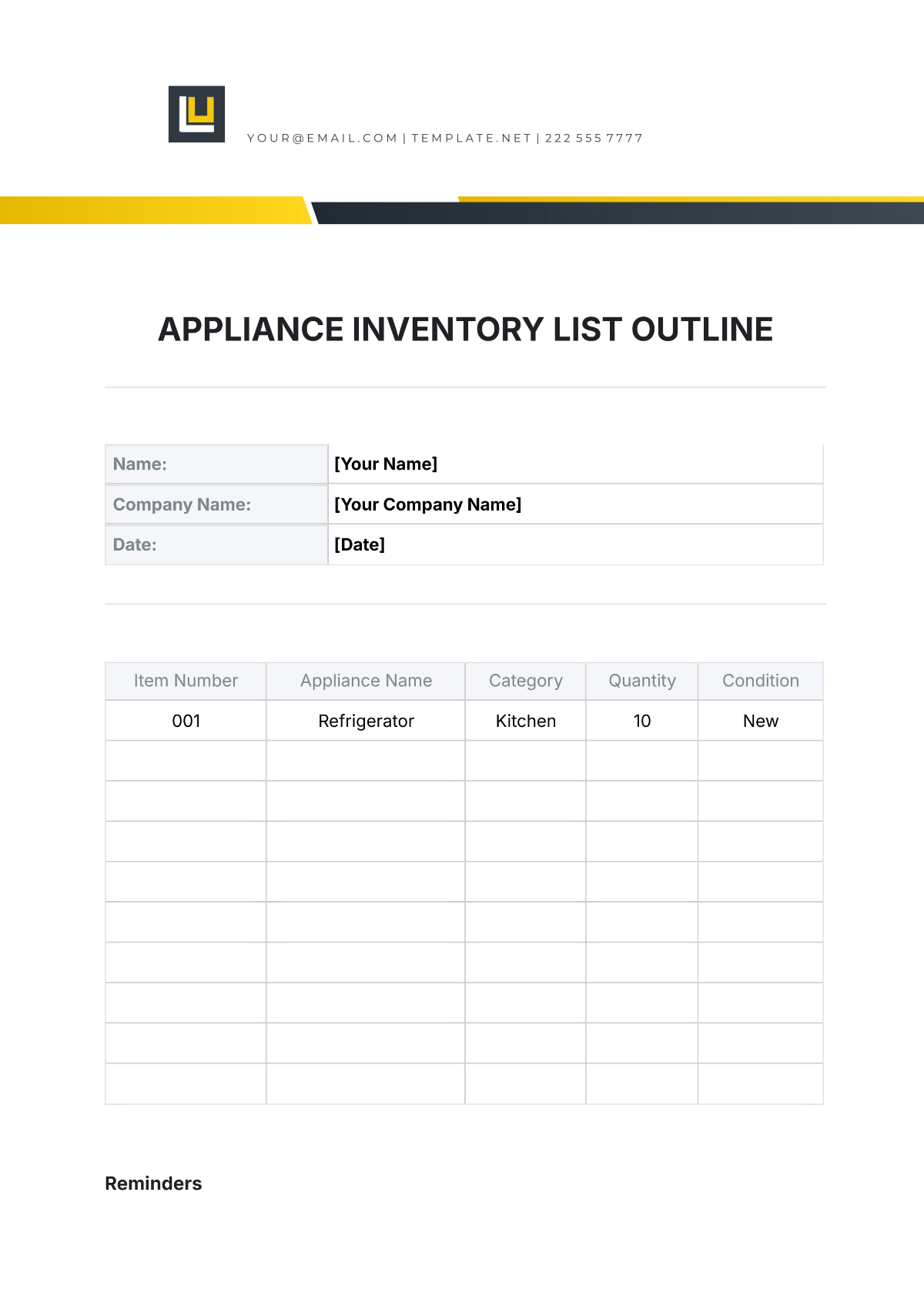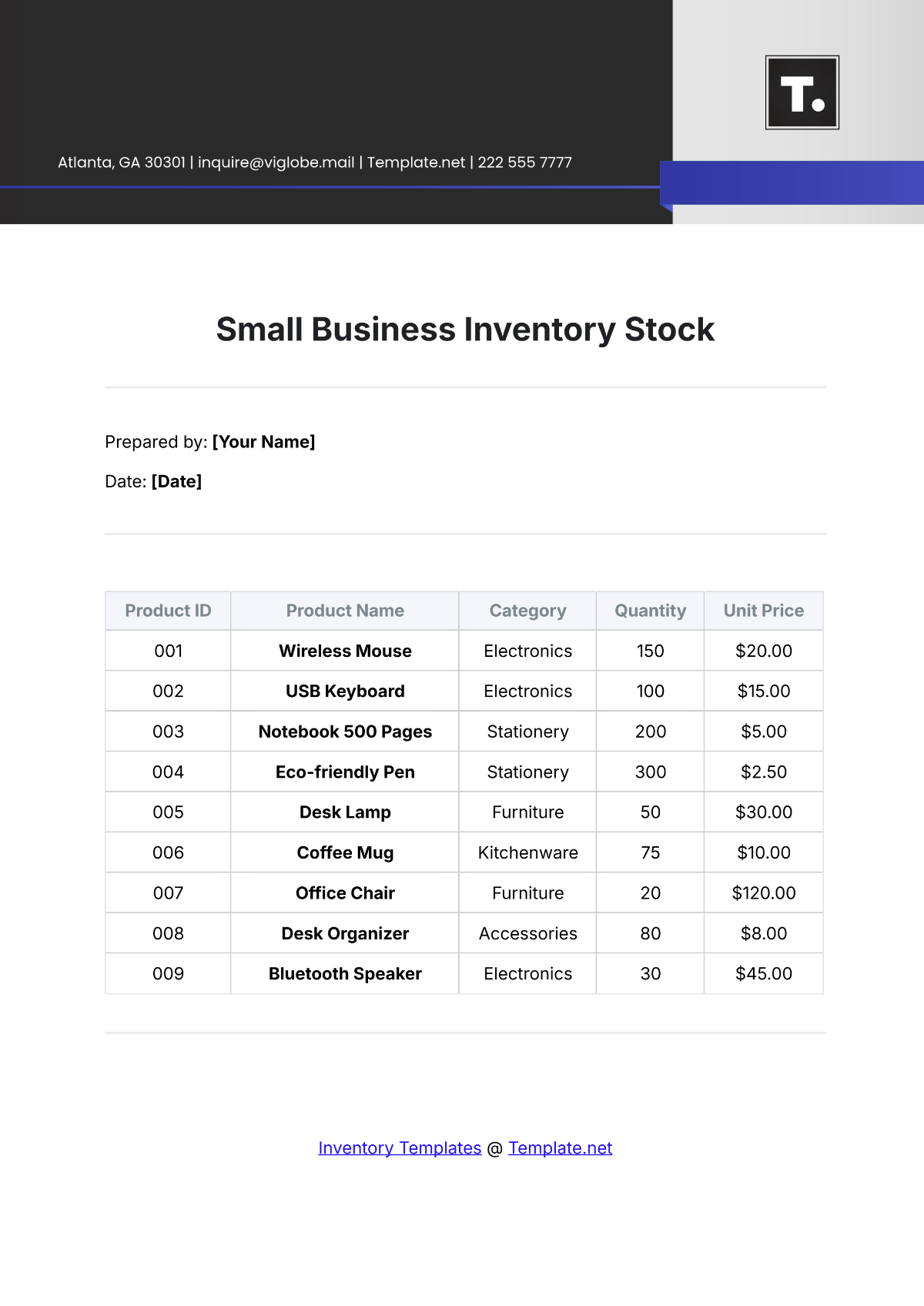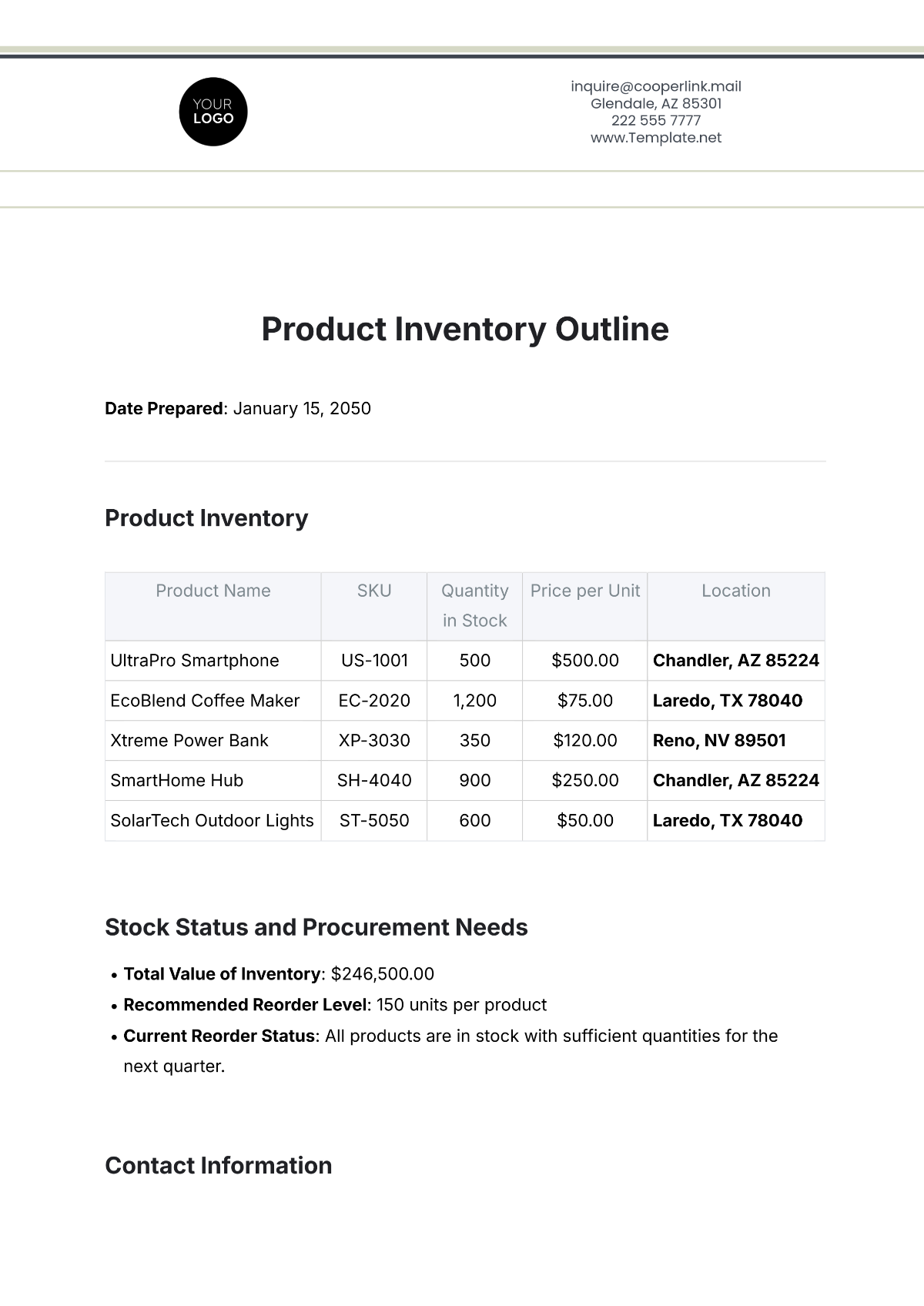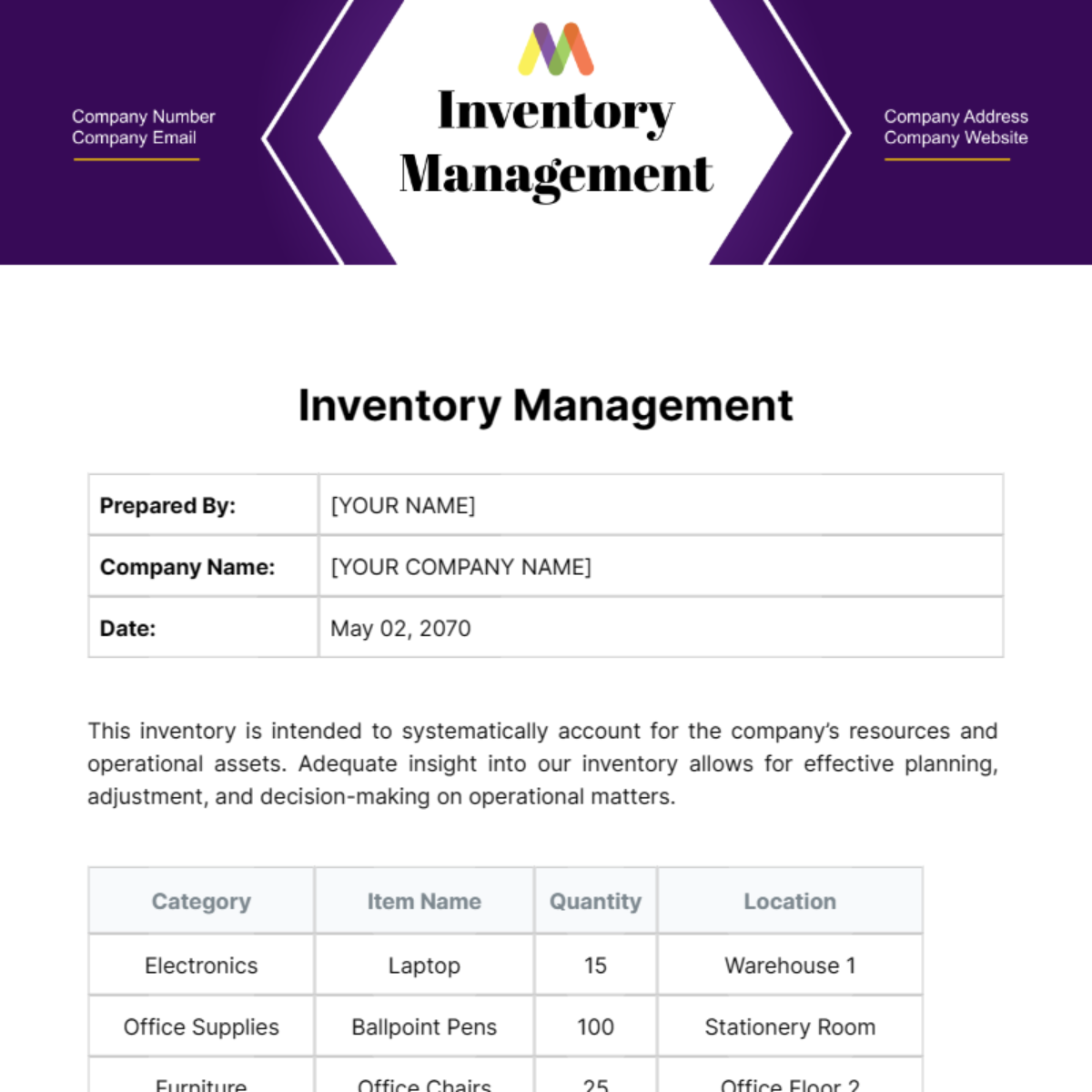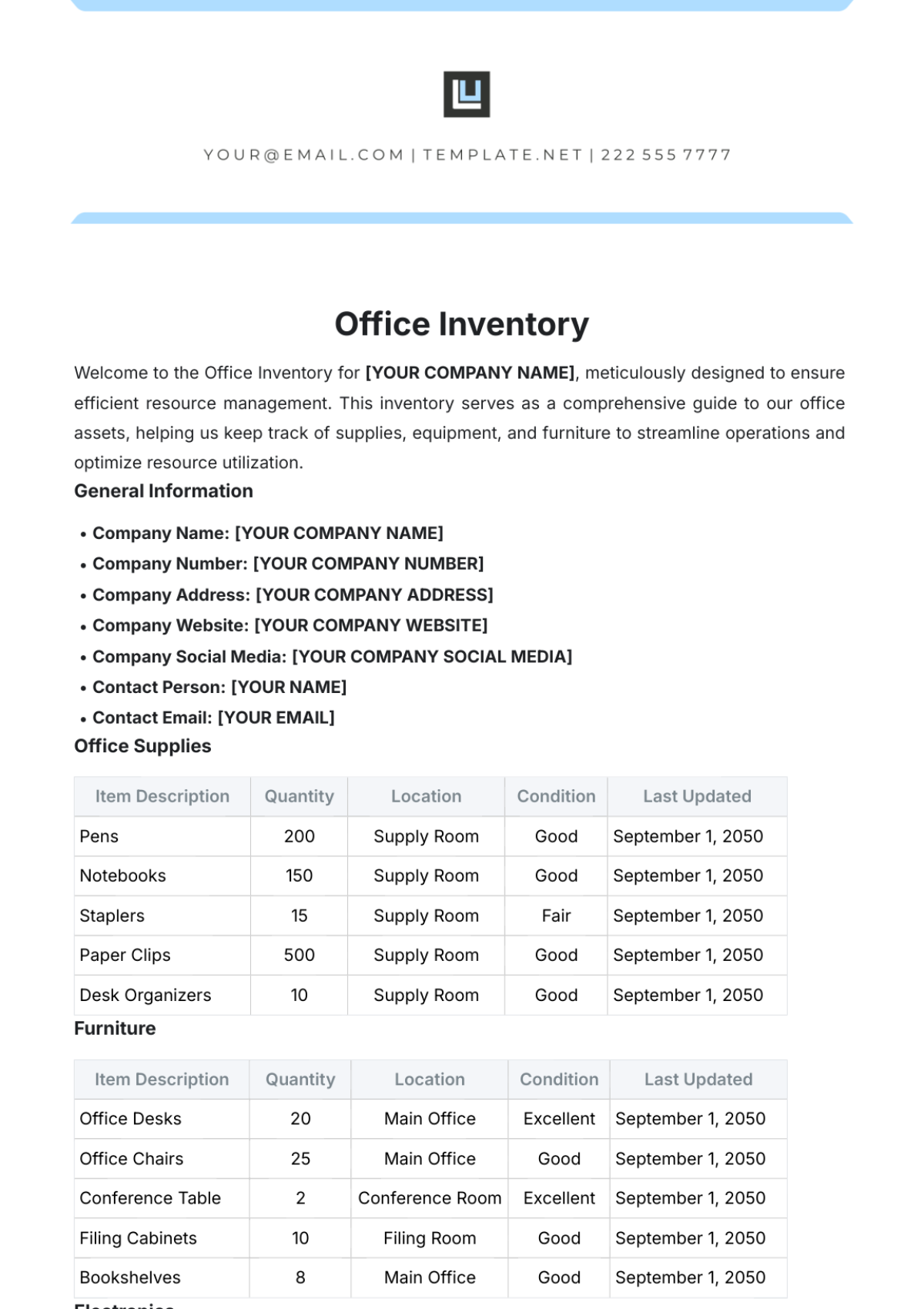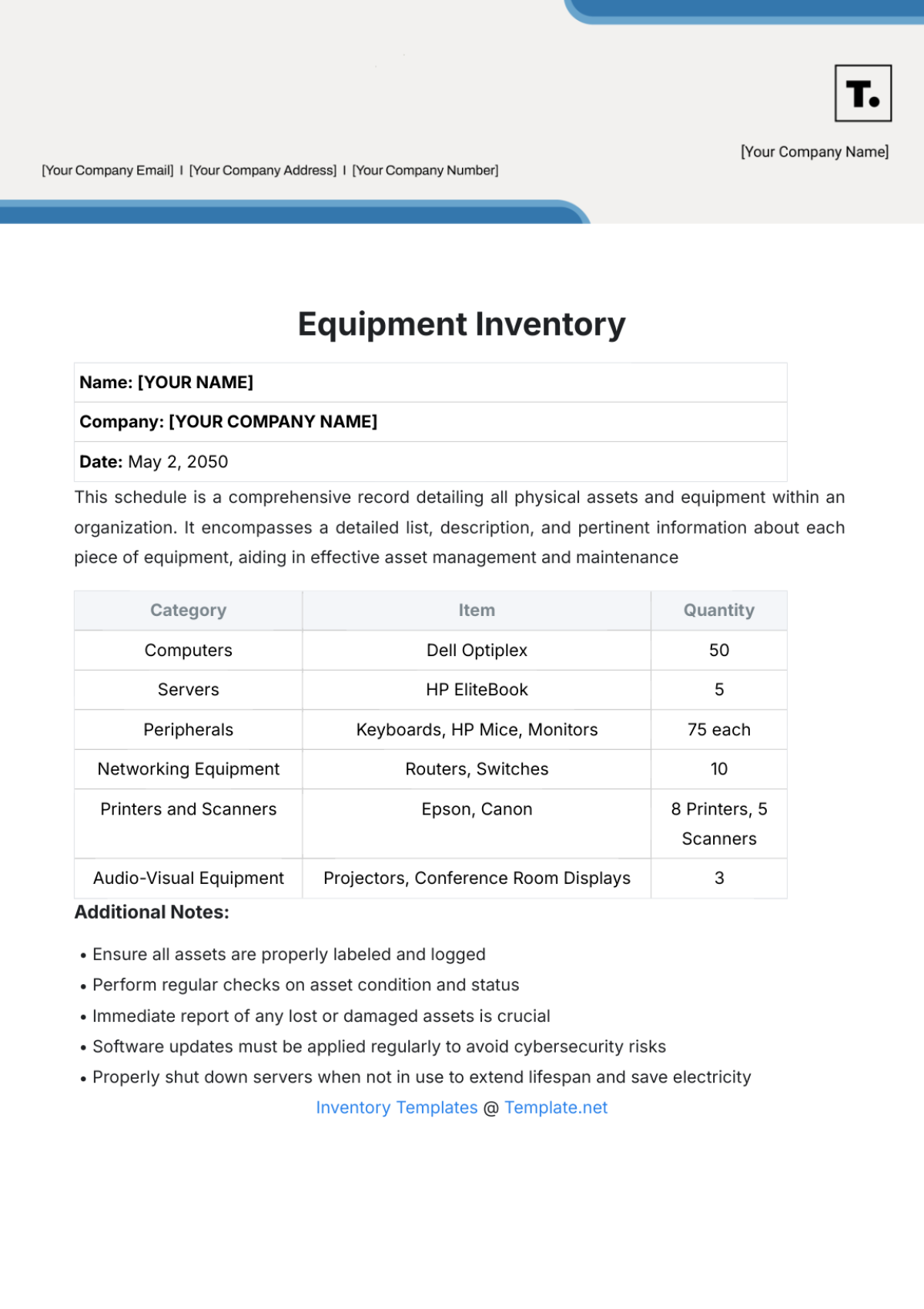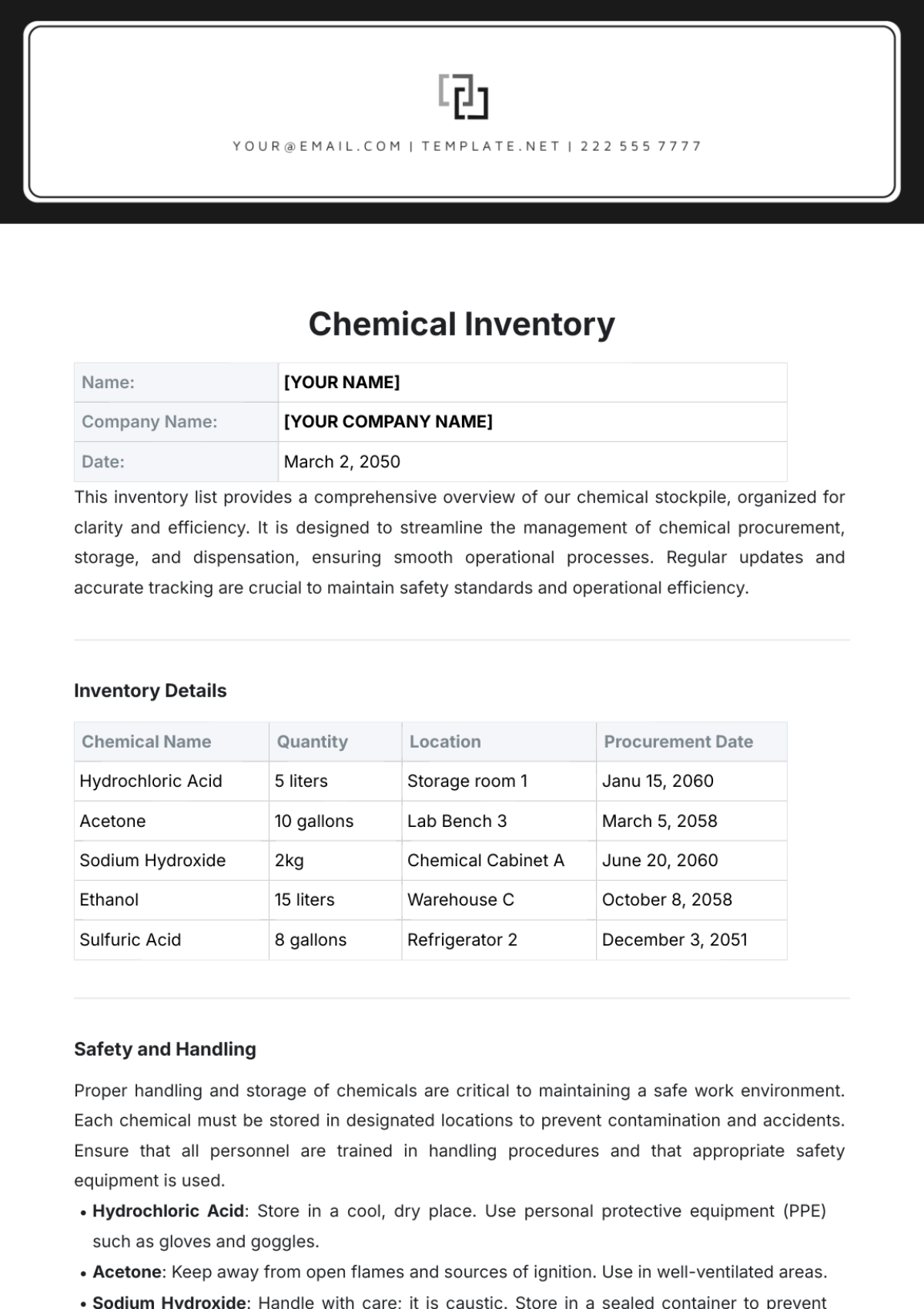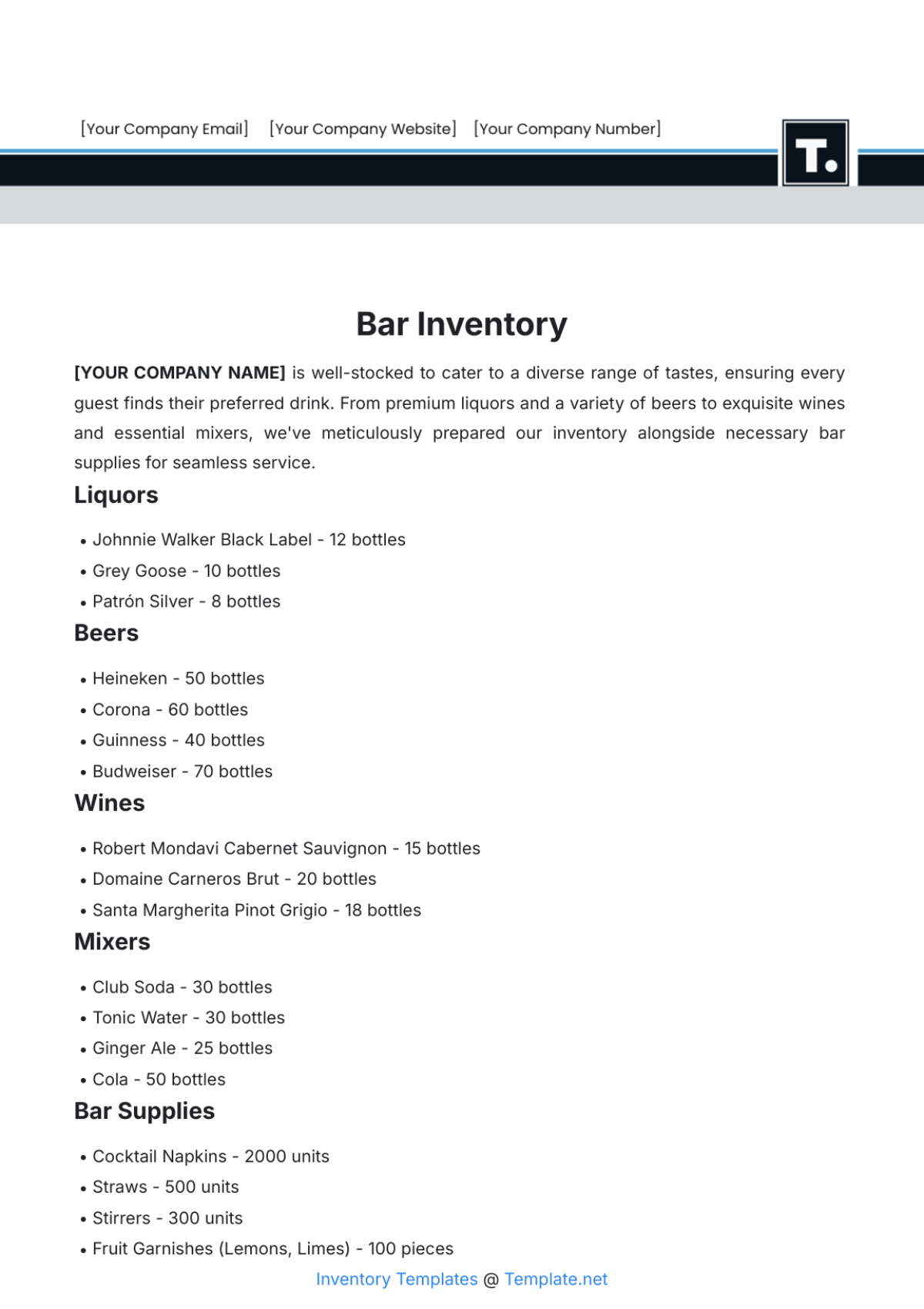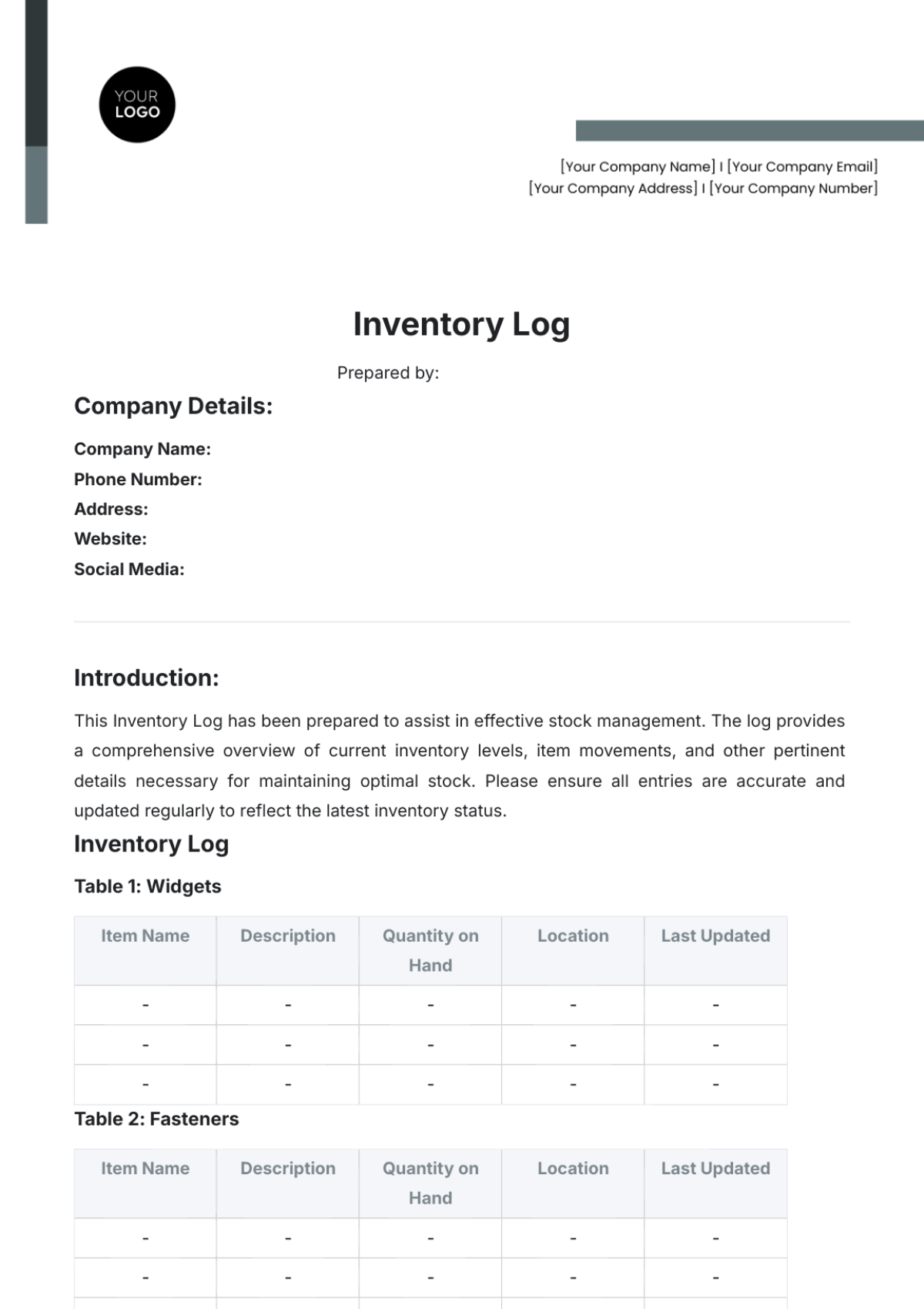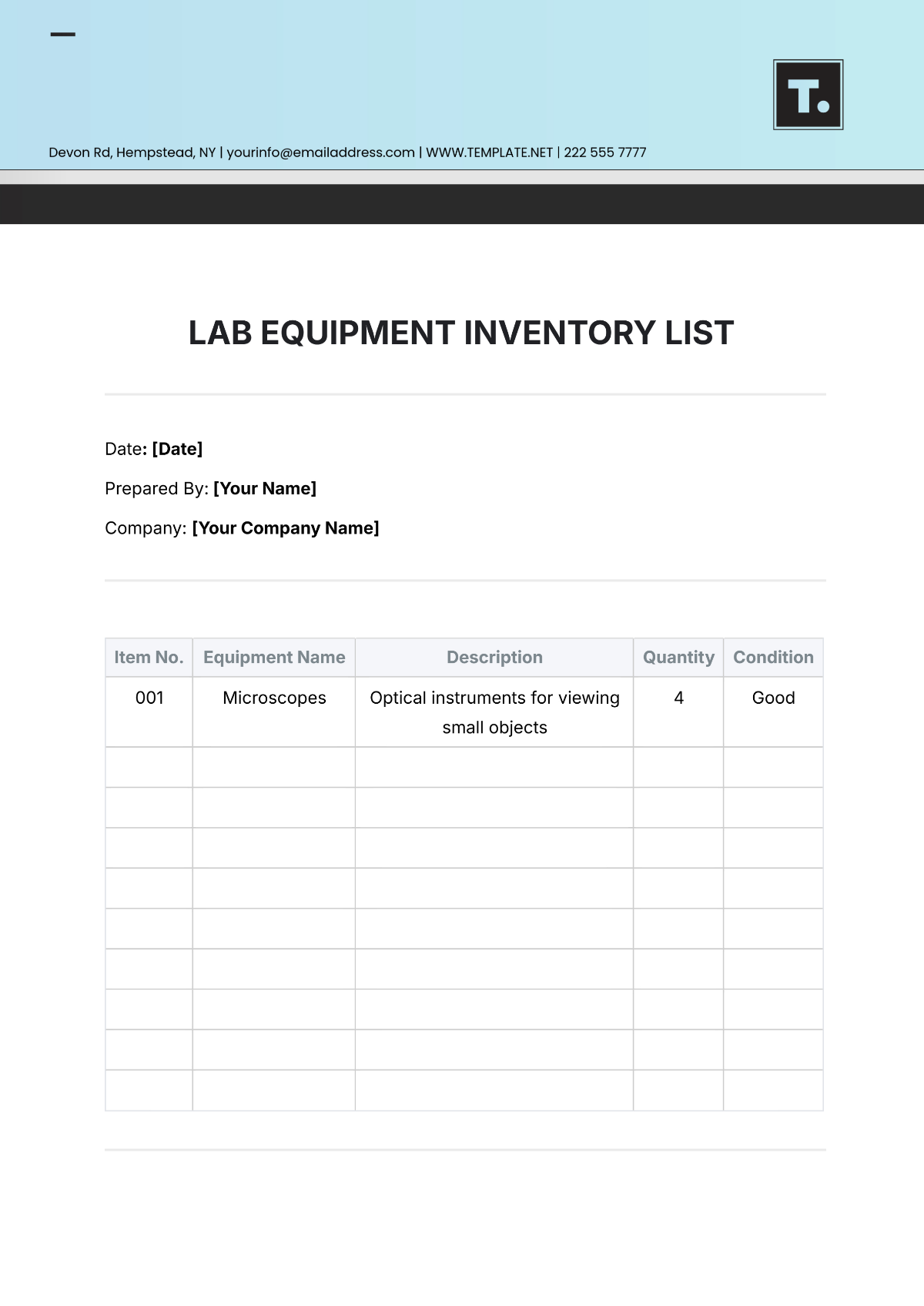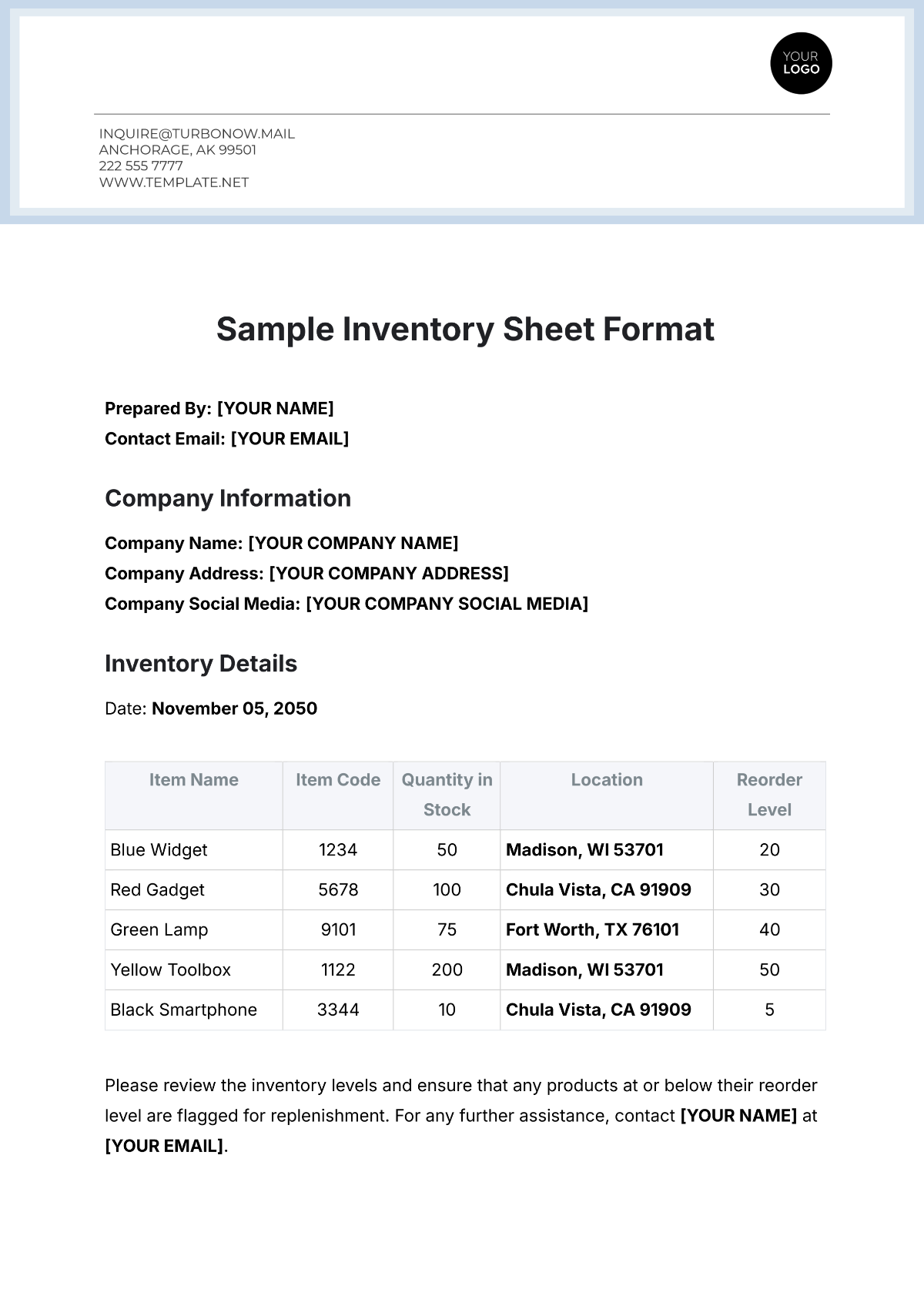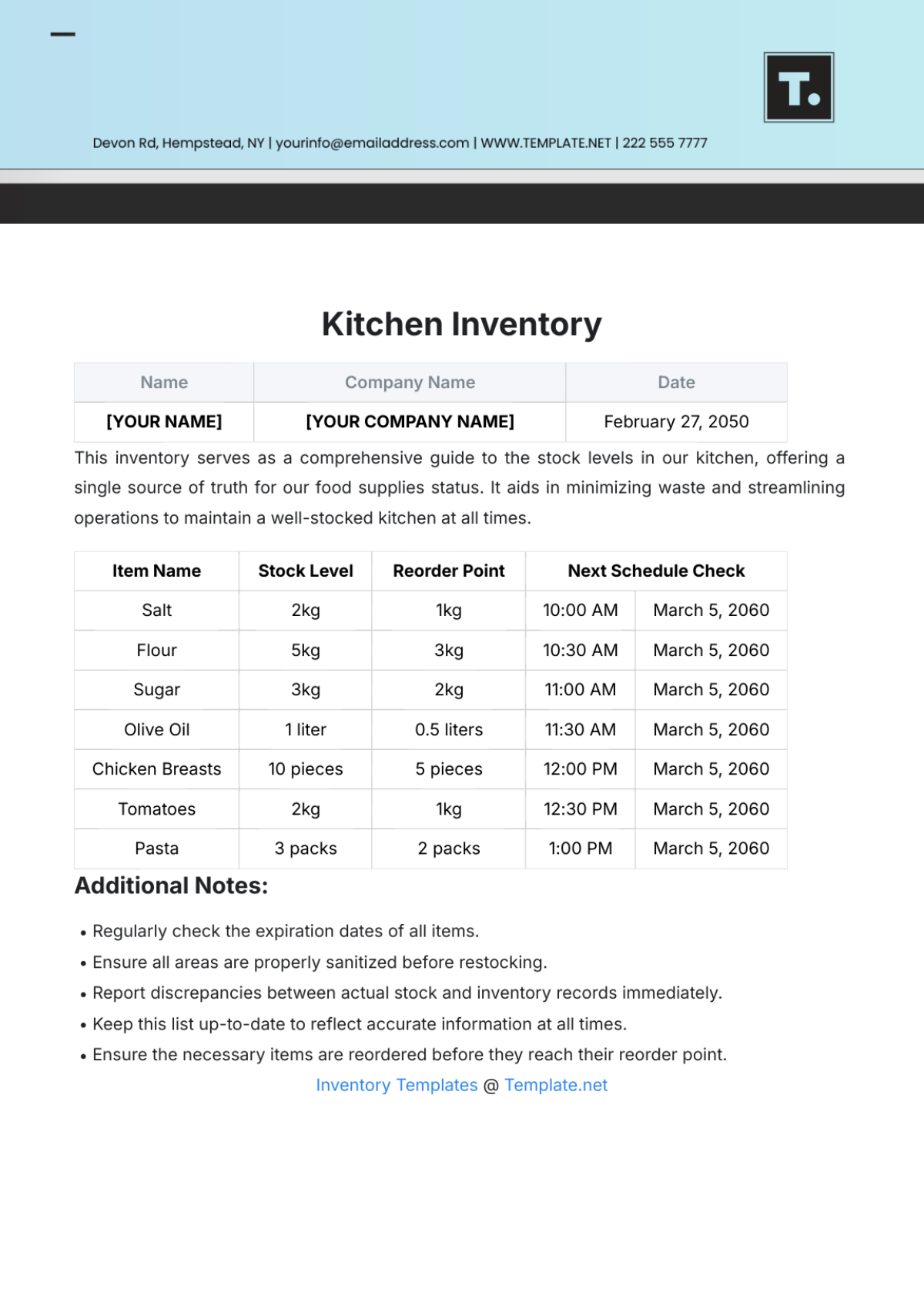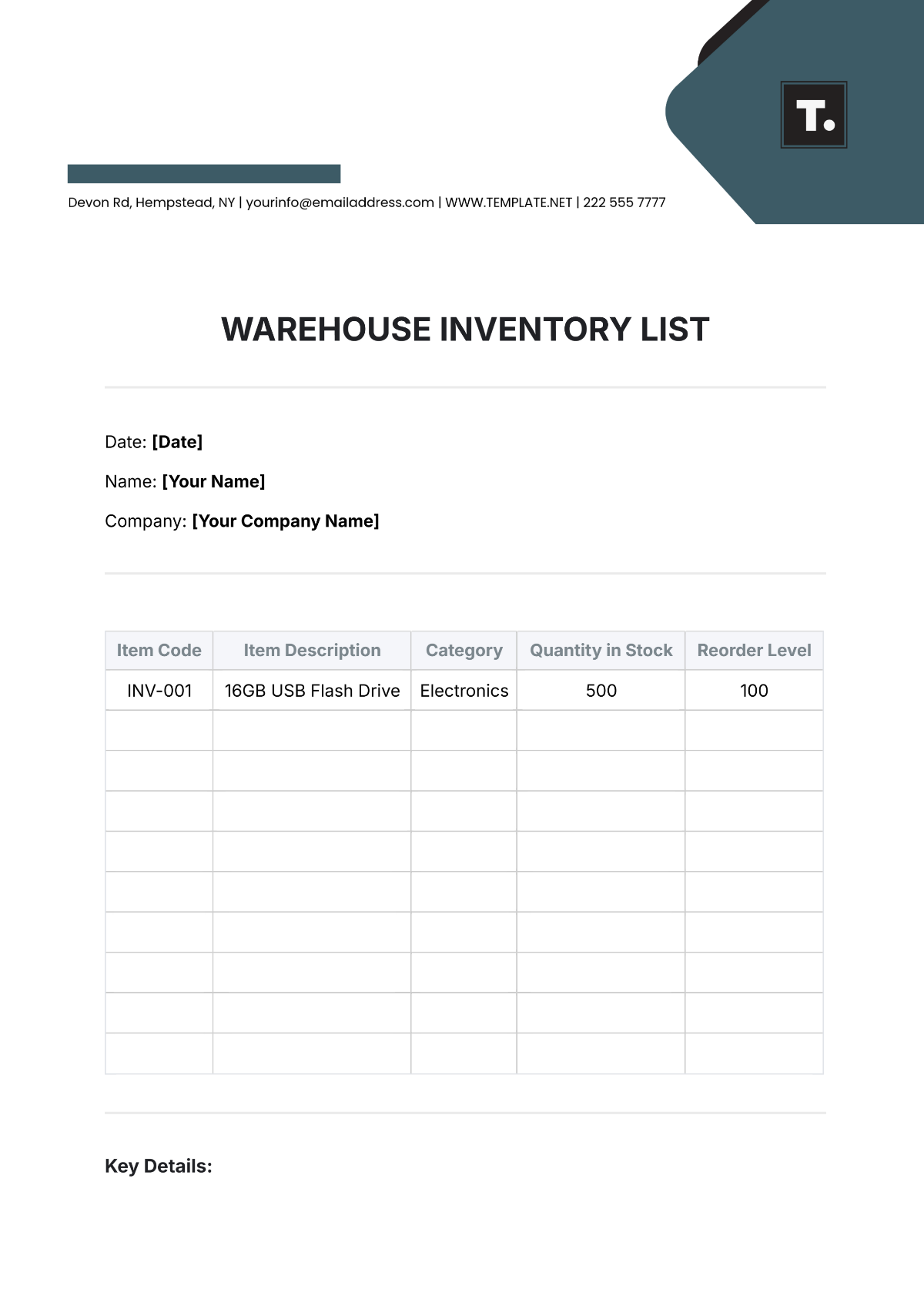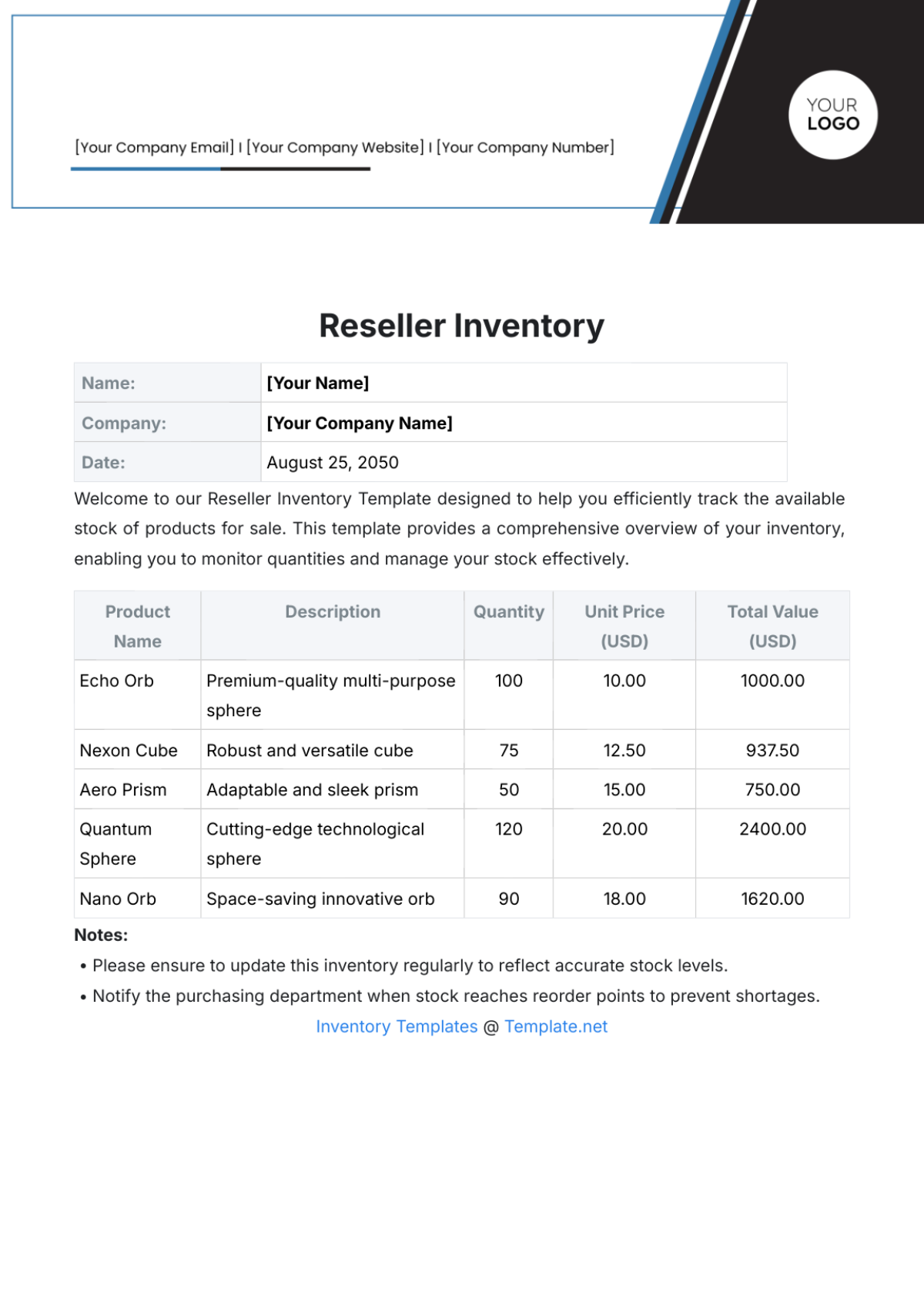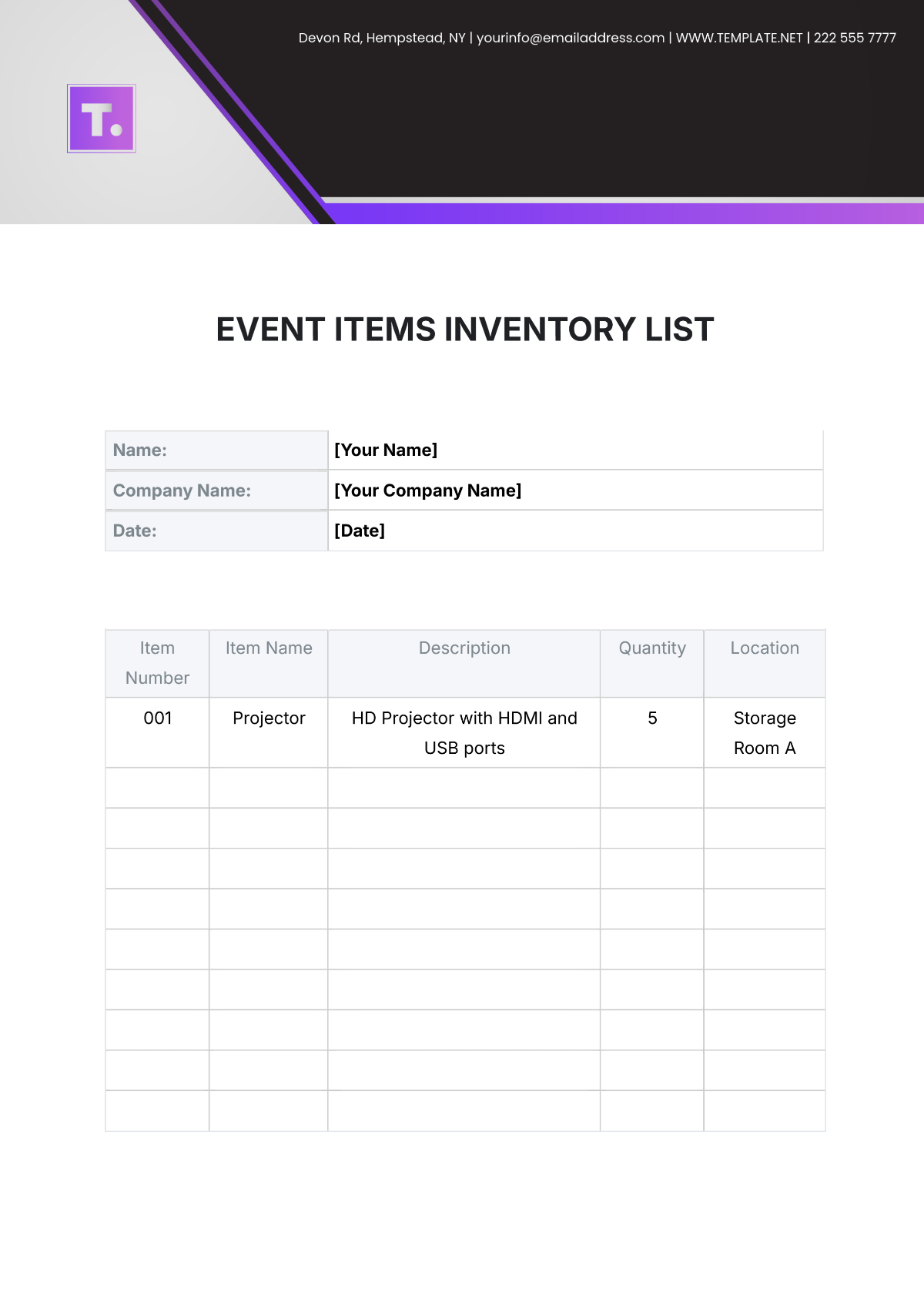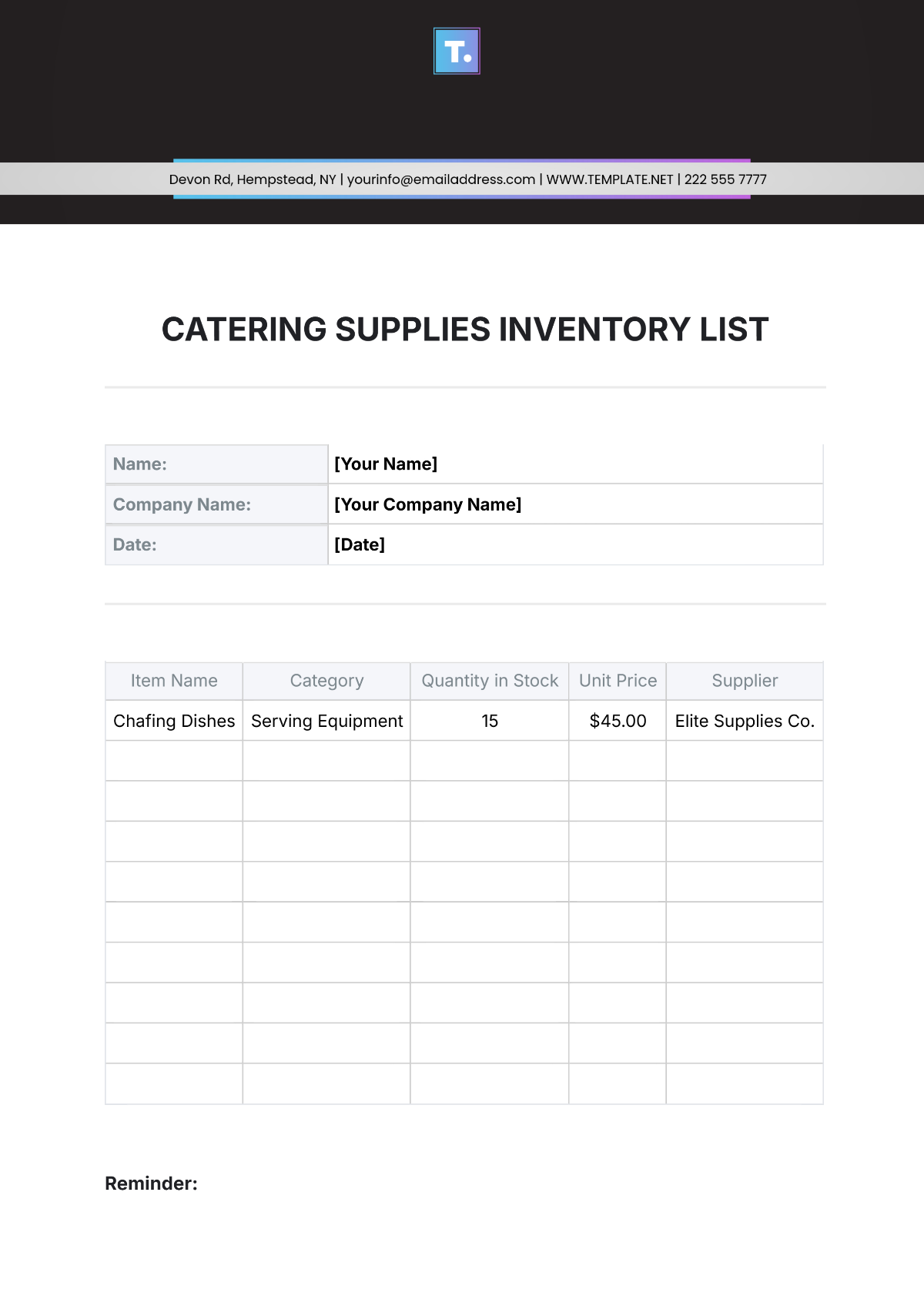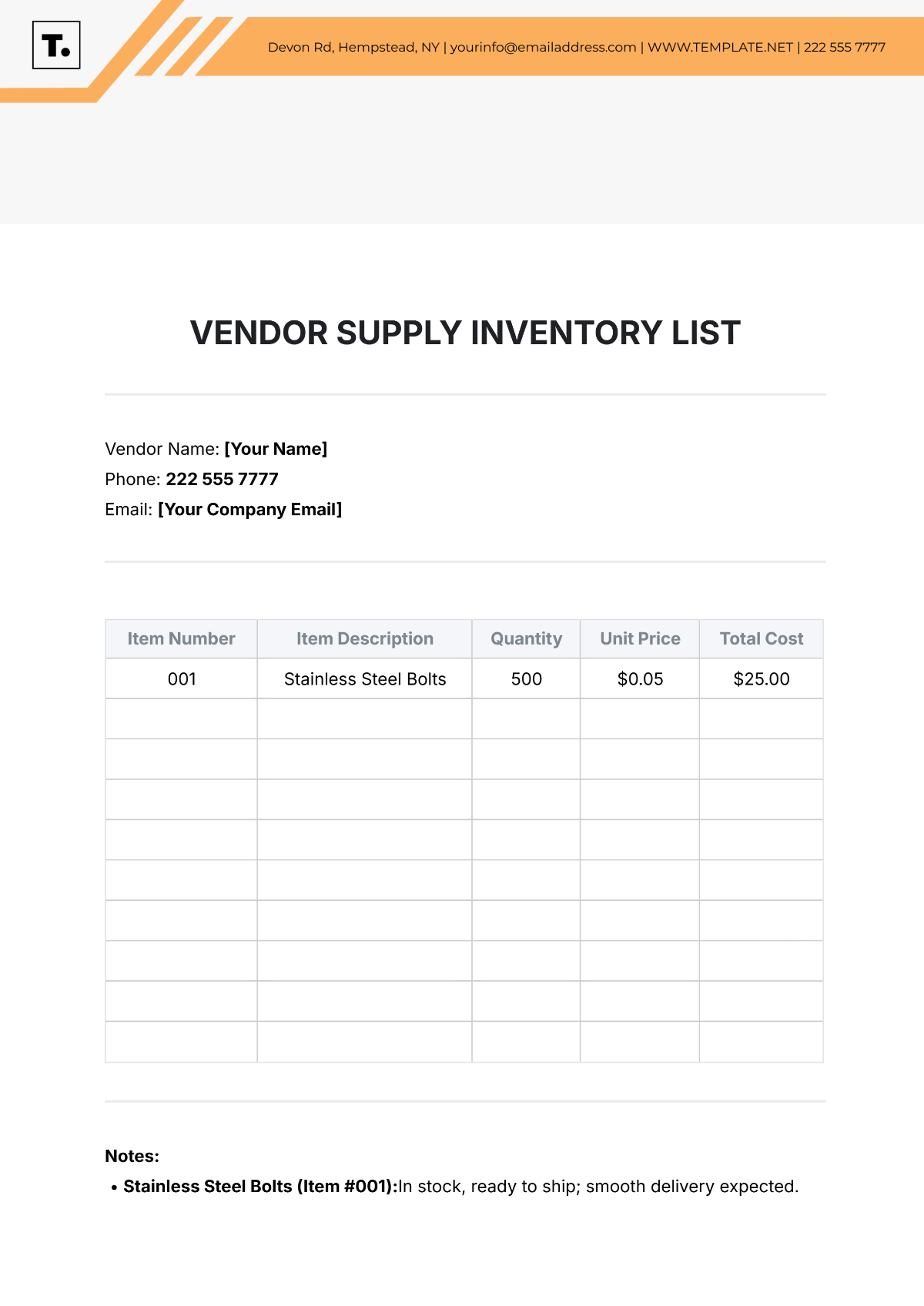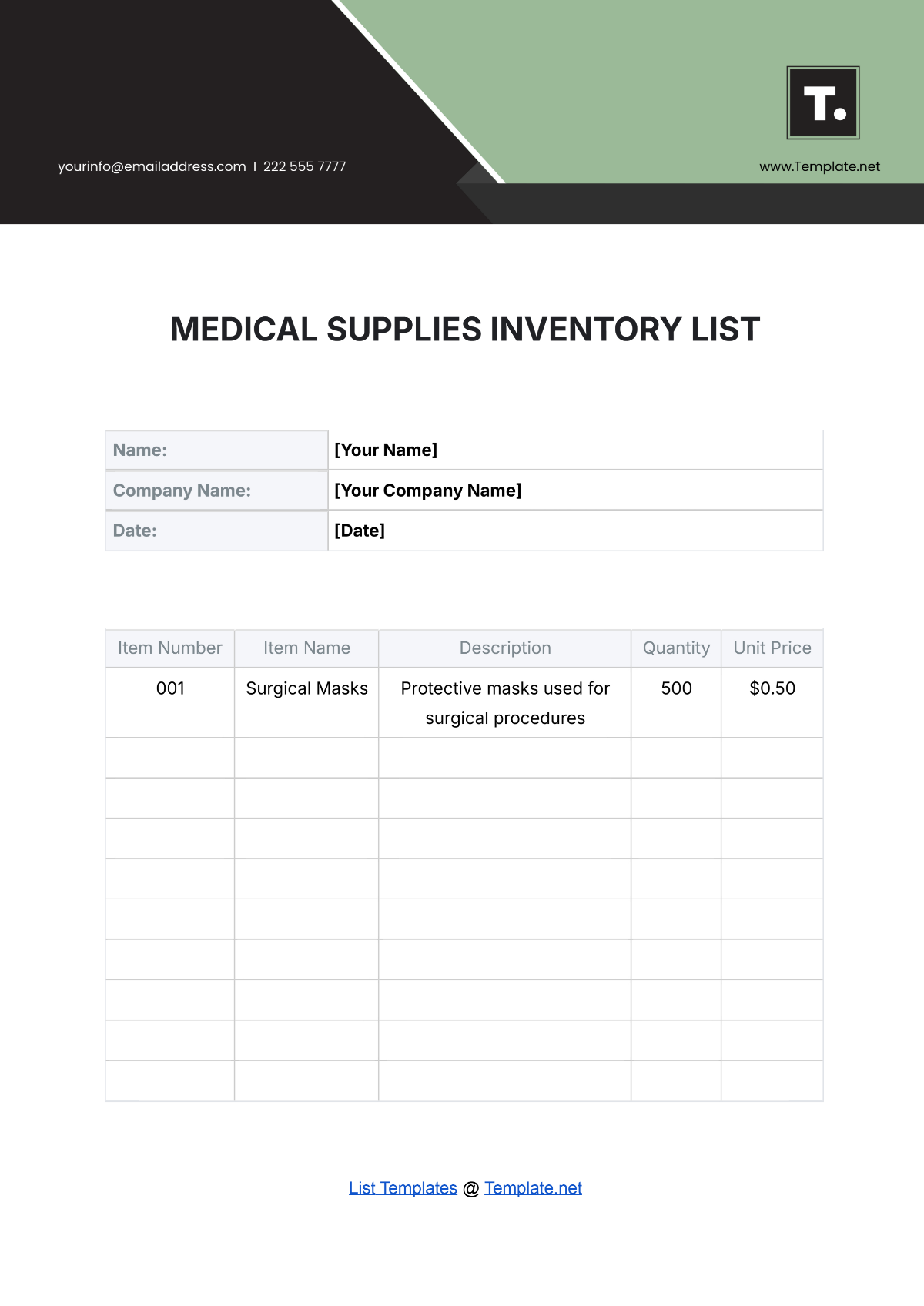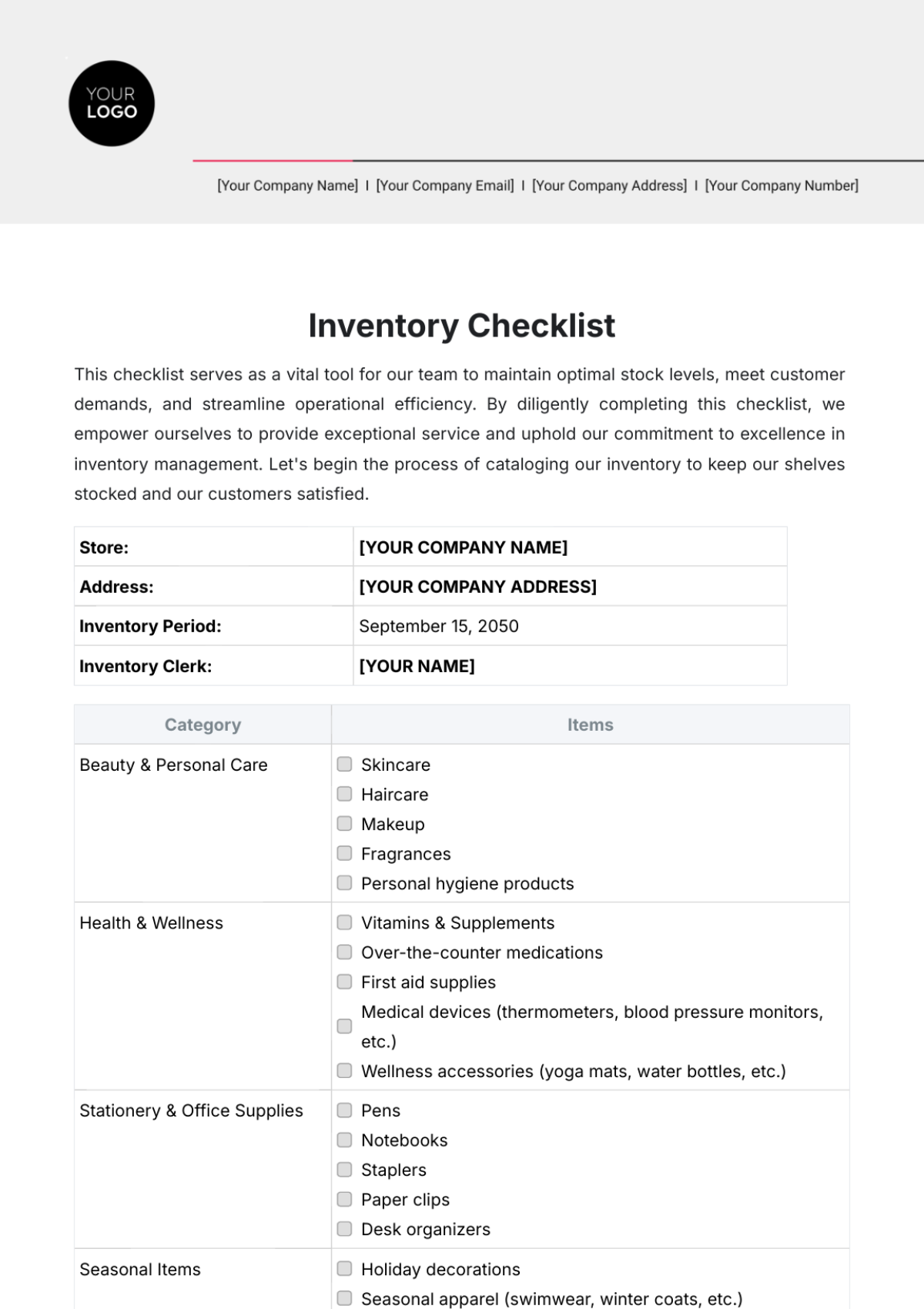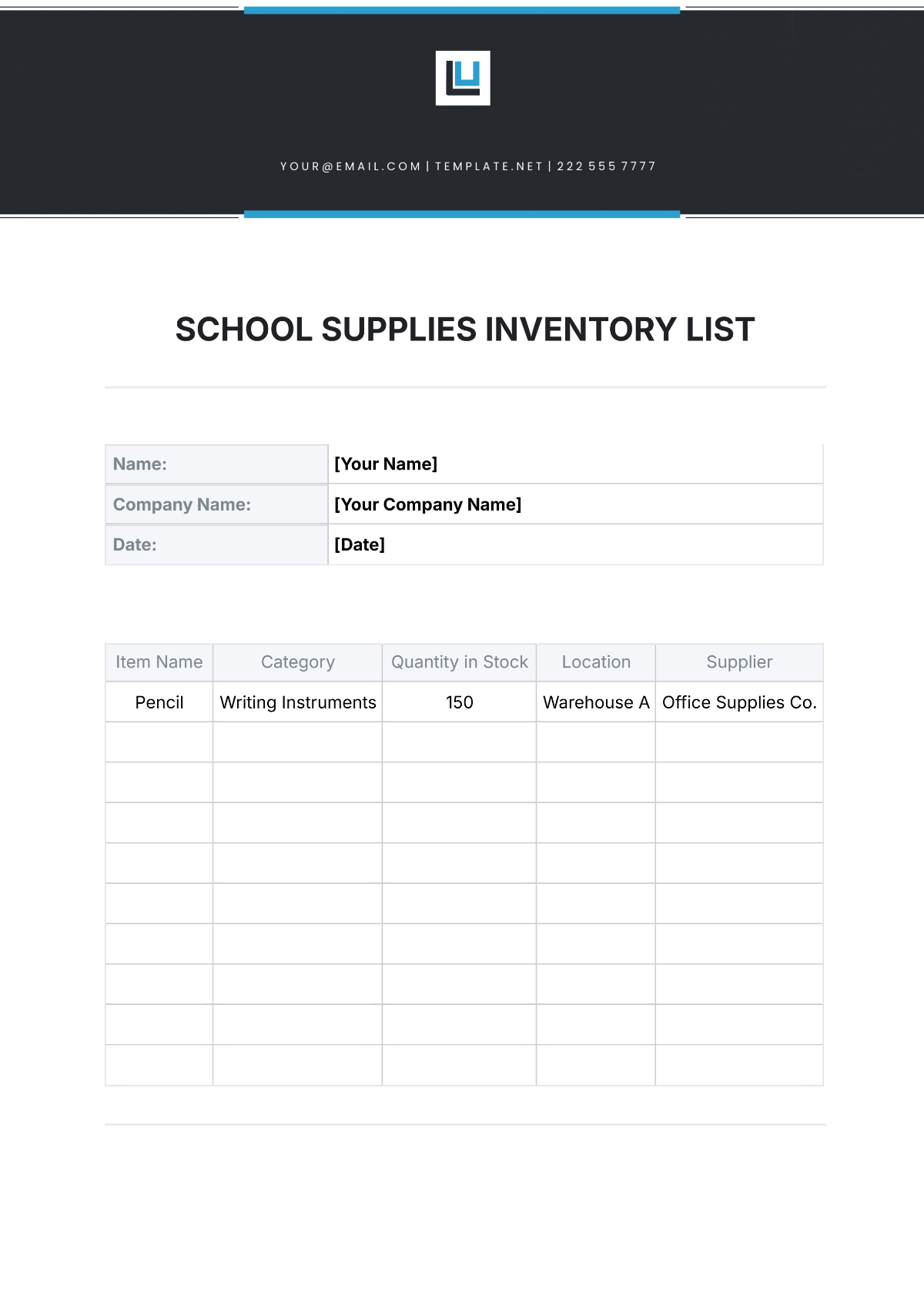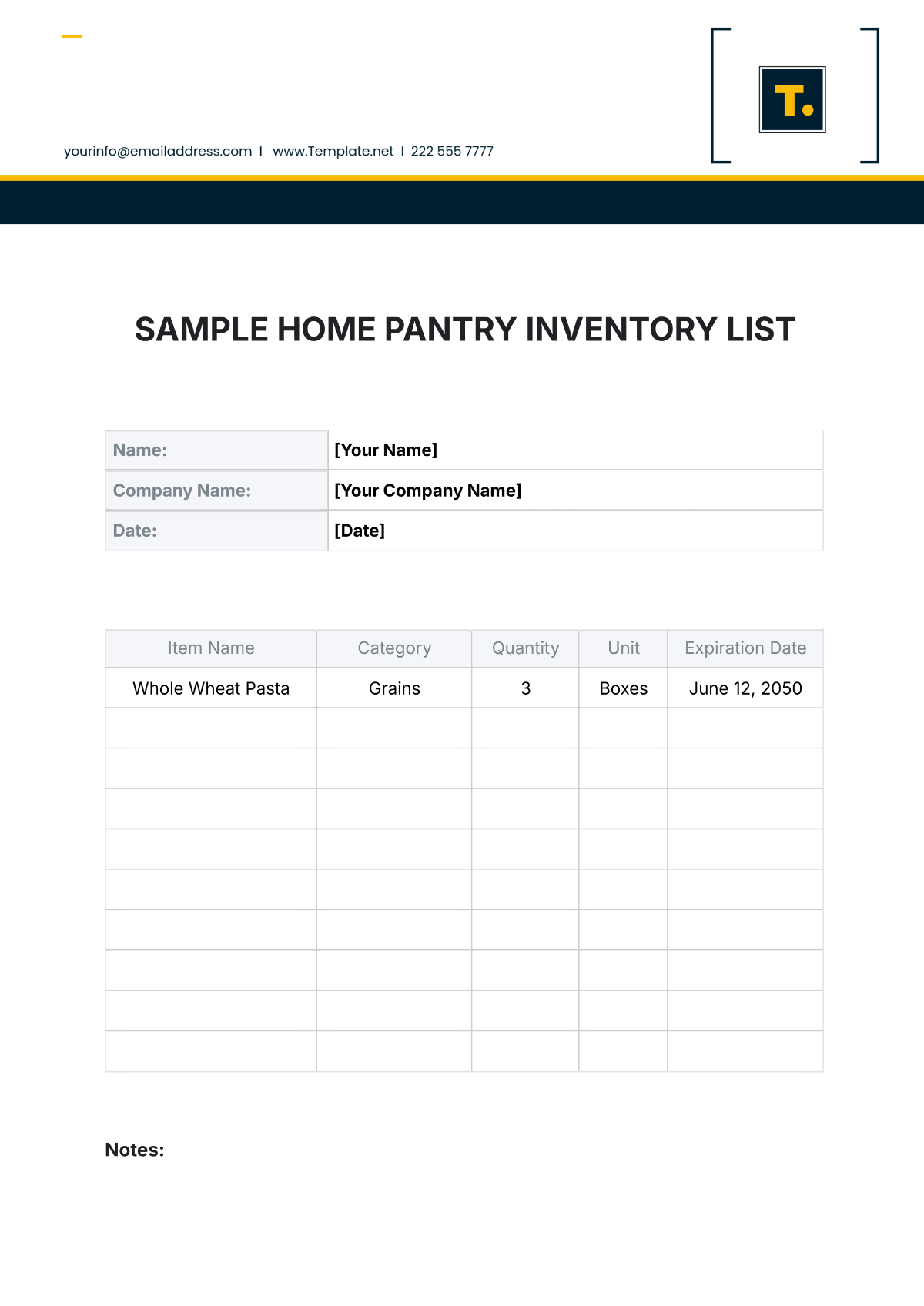ABC Inventory Classification Report
Company: [Your Company Name]
Prepared by: [Your Name]
Report Period: [Date]
I. Introduction
The ABC inventory classification is an analysis method used to categorize inventory items into three categories: A, B, and C. These categories help organizations prioritize their management focus and resources. Category A items are the most valuable, requiring tighter controls. Category B items are of moderate value and importance, while Category C items are the least valuable and are often the most numerous.
II. Objective
The primary objective of this report is to present a comprehensive analysis of the current inventory using the ABC classification method. This includes identifying key items within each category, understanding their contribution to overall inventory value, and recommending strategies for inventory management.
III. Methodology
The ABC classification was conducted using the annual consumption value of inventory items. This value is calculated by multiplying the annual demand for each item by its cost per unit. The items were then sorted in descending order based on their annual consumption value. The cumulative percentage of the total value was used to determine the classification of items into A, B, or C categories.
Criteria for Classification
Category A: Top 70-80% of the total value (~10-20% of items)
Category B: Next 15-25% of the total value (~30% of items)
Category C: Last 5% of the total value (~50-60% of items)
IV. Data Analysis
Detailed data were collected from the inventory management system and analyzed according to the methodology described. Below is a summary of the findings:
A. Summary Table of ABC Classification
Category | Number of Items | Percentage of Total Items | Percentage of Total Value |
|---|---|---|---|
A | 50 | 15% | 75% |
B | 100 | 30% | 20% |
C | 150 | 55% | 5% |
B. Insights from Data
The analysis highlights that a small number of items (Category A) contribute significantly to the total inventory value. Conversely, a large number of items (Category C) contribute very little to the inventory's total monetary value. This distribution suggests the need for differentiated management strategies for each category.
V. Recommendations
A. Category A Items
For Category A items, it is recommended to implement the following strategies:
Frequent reviews and updates on stock levels
Strong collaboration with suppliers to ensure timely deliveries
Implementation of just-in-time inventory practices
Utilization of advanced forecasting techniques to predict demand accurately
B. Category B Items
For Category B items, a balanced approach is suggested, including:
Regular stock level checks with moderate frequency
Development of relationships with backup suppliers to prevent supply chain disruptions
Usage of demand forecasting to align stocks with expected sales
C. Category C Items
For Category C items, efficiency and cost-effectiveness can be enhanced through:
Streamlining inventory levels to reduce storage costs
Exploring possibilities for discontinuing low-demand items
Bulk purchasing to take advantage of cost discounts
Utilizing automated systems for inventory monitoring to control costs effectively
VI. Conclusion
The ABC classification method provides critical insights into inventory management by prioritizing items based on their contribution to total inventory value. By adopting tailored management strategies for each category, companies can optimize their inventory systems, reduce costs, and improve overall efficiency.
Implementing the recommendations provided will help ensure that resources are allocated effectively, and inventory performance objectives are achieved. Continuous monitoring and adjustment of strategies as needed will allow for dynamic improvement in inventory management practices.
